After breaking camp and setting out on the river, we immediately hit Tapeats Rapid, right at the mouth of Tapeats Creek. Compared to the big ones, this was just a toddler, only 4-5 on the scale, but in the early morning, before the sun shines full on the canyon floor, it’s cold on the river, and the splashing icy water wasn’t exactly cause for celebration. A short distance further down, at 135 Mile Rapid, we got splashed again, but it turned out to be well worth the inconvenience, because immediately beyond the rapid, we entered the Granite Narrows.
At this point, the Colorado flows between steep rock walls just 76 feet apart, which makes this, officially, the narrowest section of the river. Everything downstream from this gorge is lower than here in terms of mean elevation, and there were other sections of the canyon where the vertical distance from river to rim was greater, but even still, this was a very special place. It felt like we were gliding through the sub-basement of the Grand Canyon, surrounded by granite that predated the ancient seas, rock that coalesced from volcanic soup when our planet was first being formed.
A mile further down, the topography changed, and the cliffs lining the riverbank shifted from granite back to sandstone. We came around a bend, and on river right there was a cove with a beach that was lush with plant life. A cascading stream poured through a fissure high on the side of the cliff, creating a sizable waterfall close to 100 feet high. This was Deer Creek Falls, a popular stopping point for rafting trips–not only for the falls themselves, but for the trail that leads up Deer Creek to a beautiful narrow gorge, a sculpture in sandstone carved by the creek.
The rafts pulled over to the bank, and we all piled off. There wasn’t going to be enough time for the hike, not on this trip, but that waterfall was most definitely worthy of a closer look. We had to scramble over some slippery boulders, easily done, then we spread out at the base of the cascade, staring up at it. Waterfalls are fascinating to us humans in some primal way, a tangible force of nature. Falls of any size are rare treasures, and beautiful, whether they’re a simple single stream pouring over a cliff, or a massive marvel like Niagara or Iguazu. Deer Creek was at the simple end of that spectrum, but impressive nevertheless, especially in that setting. The falls tumbled into a pool surrounded by a lush grotto of ferns and mosses, a pleasant bass rumble in counterpoint to the constant rushing sound of the nearby river. The water is heavily mineralized, like all water in this region, so the constant spray and splash has coated the surrounding red sandstone with a rime of travertine, flowing patterns, but solidified, like melted wax.
We spent an hour or so exploring the area around the falls, then climbed back aboard the rafts and ran some more rapids: Fishtail, Kanab, Matkatimba, and Upset. That last was an occasionally VERY rowdy rapid, ranging from 3 all the way to 8 on the scale, depending on the water level and the rate of flow from the dam. Upset Rapid was named after an incident involving Emery Kolb, one of the very first Grand Canyon river runners, who famously dumped a wooden boat in this spot back in 1923. Somewhere along that stretch we spied another pair of bighorn sheep foraging on the riverbank, a ram with a fairly serious set of those horns, and a ewe with a much daintier pair:
As we were to discover a bit later that morning, we were in a part of the canyon highly favored by these magnificent creatures, so the sighting wasn’t remotely unusual, and we’d be seeing a lot more of them before the end of that day. A few miles beyond Upset Rapid we hit Sinyala, which was not remotely memorable, but three more miles beyond that, at mile 157, we pulled over to the bank at one of the most amazing locations on the river. The place that we tied up was at the very beginning of a rapid. The current was flowing very swiftly indeed, so docking the raft required some tricky maneuvering. Our guides had been here many times before, and they knew exactly how to handle it:
We’d arrived at the mouth of Havasu Creek, which, like the Little Colorado River, is a perennial water source that carries an unusually high concentration of calcium carbonate and magnesium.
Result: it has that same, unearthly turquoise color, and it deposits travertine on everything it touches. I’d seen Havasu Creek before, though I’d never been this far down it, never all the way to the big river. Almost 25 years earlier, a friend and I had hiked from the rim down to the Havasupai Indian reservation, where we visited the world class waterfalls that spill over travertine cliffs near the village of Supai. The village is the home of the small tribe known as the Havasupai, “people of the blue-green waters”, and the only way to get there was to either hike eight miles down from the remote parking area at Hualapai Hilltop, or ten miles up Havasu Canyon from the river. <<Havasu Falls>>, the primary attraction, is a very special place. The fact that it’s not accessible by road holds down the number of visitors, and the lack of crowds makes it all the more magical. Prior to this trip, that had been my premier canyon experience, a spectacular hike, but fairly grueling, and now, here I was back at Havasu Creek once again, and I’d hardly had to hike a single step.
The trail from the riverbank led upward, a bit steeply at first, following above the course of the creek as it passed through a steep-walled gorge, a slot carved into the sandstone by the flowing water.
The sheer cliffs that lined the gorge were stained with white travertine bathtub rings, marking the higher water levels from rainier seasons:
Havasu Creek is perhaps the most popular stop along the route for river runners, so there were not only other big rafts tied up at the bank, there were also a half dozen colorful kayaks tied up in the creek. It was already mid-day, so the place was getting crowded, by Grand Canyon standards. As many as twenty people were there ahead of us, but it’s a big area, and in the two hours or more that we spent at Havasu I don’t think we actually saw more than two of them.
The trail meandered for a mile or so, finally dropping down level with the creek, giving us access to a series of perfect swimming holes. There’s something about that exotic turquoise water that welcomes swimmers–you have to get in it, if only to assure yourself that it’s real. The creek was cool, but far from cold, and a welcome change from the icy water in the river. We stopped at a particularly inviting spot to swim, relax, and eat our lunch, sandwiches that we’d pre-made and brought along with us. Sitting beside that creek, with our simple repast–it was like having a picnic in the Garden of Eden. Wandering around this extraordinary setting with my camera I spotted a big raven who posed for me atop a boulder:
And then came an even bigger thrill—a desert bighorn sheep calmly drinking from the sparkling creek, no more than fifty yards downstream from me:
I snapped pictures at a prodigious rate, moving around for a better angle of view. The bighorn, a ewe, crossed the creek to the other side, where she joined her partner, a young ram with smallish horns:
Only the rams grow the seriously big horns, and the size of them is dictated by the age of the animal. Most of the sheep we’d seen were apparently younger, which made sense. The animals had been considered endangered, due to the prolific herds of non-native wild burros that competed with them for their meager food supply. To bring the problem under control, the park service issued a mandate to exterminate the burros, shoot them on sight, but after protesters and animal rights activists intervened, an expensive “capture and relocate” effort was implemented, and many of the burros found new homes through a highly publicized “adopt a burro” program. As a direct result, the bighorn population was finally on the rebound.
We spent a wonderful afternoon lounging by this beautiful creek:
Then, reluctantly, we made our way back down the trail toward the rafts, passing by a whole family of bighorns grazing along the banks:
They were apparently quite used to seeing people in this area, because they were unruffled by our presence, and made no move to run off when we approached. Had we gotten too close I’m sure they would have moved, at least, but it was quite obvious that they did not consider us a threat, and I got some great photos.
Back on the boats, we immediately hit Havasu Rapid, just a small one, and a bit anticlimactic after the wonders of Havasu Creek. After that, a very leisurely float, ten miles at most, pulling over on river right at the bottom of Tuckup Canyon, just before 164 Mile Rapid. Following our familiar routine, we set up camp for the night, everyone staking out their perfect spot on a beach strewn with multi-colored boulders. We’d stopped a little earlier than usual, so we had plenty of time for a change. I took a walk to explore Tuckup Canyon, but didn’t get very far. A serious rock fall blocked whatever trail there may have been, so my hike came to an abrupt halt less than fifty yards in:
No matter. At the bottom of the Grand Canyon, you don’t have to go off on a hike to find wondrous scenery. There are wonders in every direction, everywhere you look.
The slide show below has a few additional pictures from Day 5. Click any of the images to expand them to full screen, with captions.
(Unless otherwise noted, all of these images are my original work, and are protected by copyright. They may not be duplicated for commercial purposes.)
The Adventure Continues:
This is an interactive Table of Contents. Click the pictures to open the pages.
A Grand Adventure! White Water Rafting on the Colorado River
Grand Canyon Rafting Expedition: Day 1
The two rafts were shoved away from the beach until they floated free, and the boat drivers eased them into the middle of the channel. We were mostly moving with the current, but the beach dropped behind us pretty quickly, and in a matter of minutes we were out there, rafting down the Colorado River, heading squarely into the enchanted depths of the Grand Canyon...
<<CLICK to Read More!>>
Grand Canyon Rafting Expedition: Day 2
The cliffs and buttes were a perfect composition, the different colored layers of stone were all but glowing in the afternoon light, and we had this incredible world all to ourselves, not another boat in sight.
<<CLICK to Read More!>>
Grand Canyon Rafting Expedition: Day 3
The waters of the Little Colorado are a turquoise blue that is so startlingly bright it doesn't even look real. There’s a well-defined spot where that warm, turquoise blue water from the small river collides with the cold, deep green water flowing upstream from the big river. The two dramatically different colors mix, forming a shifting, swirling line of chartreuse. That spot is the confluence. It's magical, and utterly unique.
<<CLICK to Read More!>>
Grand Canyon Rafting Expedition: Day 4
I was still a little dazed by the whole thing, scenes of frothing, churning whitewater playing over and over in my head. Fleecy white clouds were piling up above the canyon rim, nearly filling the narrow patch of sky, until the lowering sun set them afire, a Grand Canyon sunset display that was the finest we’d seen, worthy of the spectacular setting. A fitting end to one of the most amazing days of my life.
<<CLICK to Read More!>>
Grand Canyon Rafting Expedition: Day 5
The trail meandered for a mile or so, finally dropping down level with the creek, giving us access to a series of perfect swimming holes. There’s something about that exotic turquoise water that welcomes swimmers--you have to get in it, if only to assure yourself that it’s real. The creek was cool, but far from cold, and a welcome change from the icy water in the river. We stopped at a particularly inviting spot to swim, relax, and eat our lunch. Sitting beside that creek, with our simple repast--it was like having a picnic in the Garden of Eden.
<<CLICK to Read More!>>
Grand Canyon Rafting Expedition: Day 6
“Two Hander!” John called out rather gleefully, and we all clung to the ropes for dear life as the raft picked up speed. We were headed straight for the boil of Lava Falls, which was roaring like a freight train, bearing down. We entered the churning whitewater pretty much dead center, then moved hard to the right to avoid the standing waves and the big holes in the middle of the channel. We got good and drenched at least three times, almost like running under a series of waterfalls, bucking and lurching like crazy, but the whole thing was over in less than a minute.
<<CLICK to Read More!>>
Grand Canyon Rafting Expedition: Day 7
Immediately below that beach we hit Diamond Creek Rapid, then Travertine Rapid, where we pulled over to the bank at Travertine Canyon. The creek that entered the river here flowed across huge, slippery boulders in a series of small waterfalls, and we had great fun taking turns standing in the flow, almost like a natural shower.
<<CLICK to Read More!>>
Grand Canyon Rafting Expedition: Day 8
The river broadened as we approached Lake Mead, and at mile 278 we entered the lake itself. Pearce Ferry was right there, and we were all pretty quiet as the rafts pulled in to shore for the last time. “Thrill of a lifetime” is a pretty strong statement, but it’s appropriate for this journey. There’s nothing else like it.
<<CLICK to Read More!>>
Grand Canyon Rafting
You find a rope, any rope, and you grab on with both hands for all you're worth. The river boils like the North Sea in a gale, great, rolling green waves and troughs. The raft plummets sideways into a hole fifteen feet deep, the outboard motor shrieks, a monster wave towering ten feet above your head comes crashing down across the deck, pummeling the passengers like a gigantic liquid fist that takes your breath away, leaving you suspended, time stopped, frozen in mid-scream.
<<CLICK to Read More!>>
There's nothing like a good road trip. Whether you're flying solo or with your family, on a motorcycle or in an RV, across your state or across the country, the important thing is that you're out there, away from your town, your work, your routine, meeting new people, seeing new sights, building the best kind of memories while living your life to the fullest.
Are you a veteran road tripper who loves grand vistas, or someone who's never done it, but would love to give it a try? Either way, you should consider making the Southwestern U.S. the scene of your own next adventure.
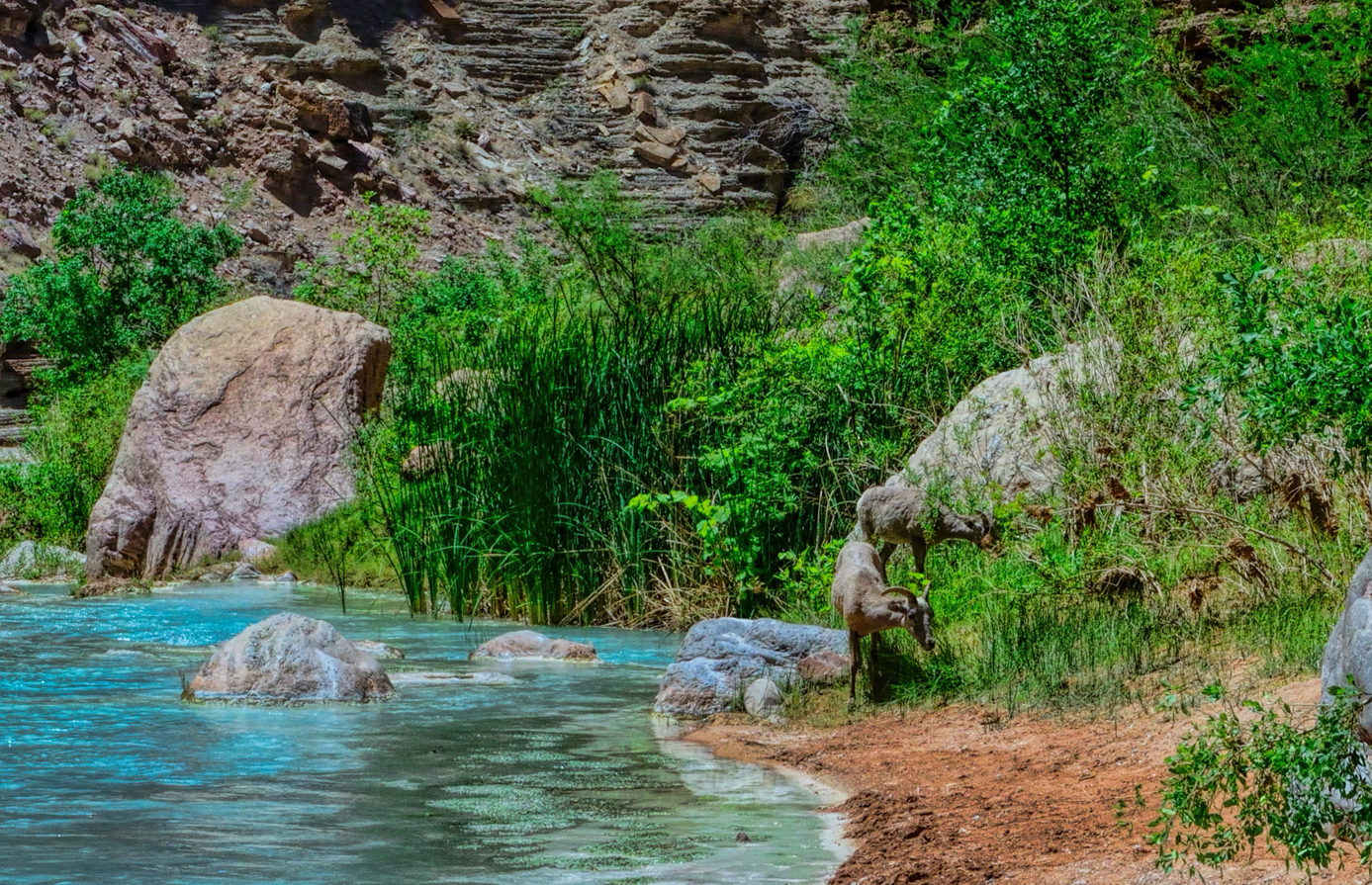
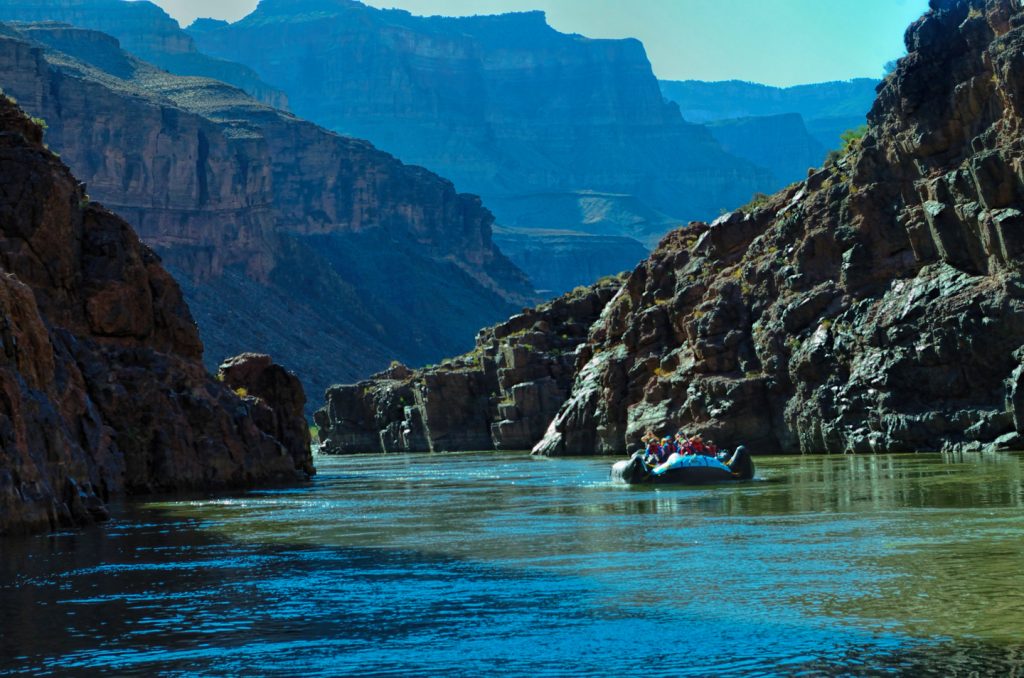
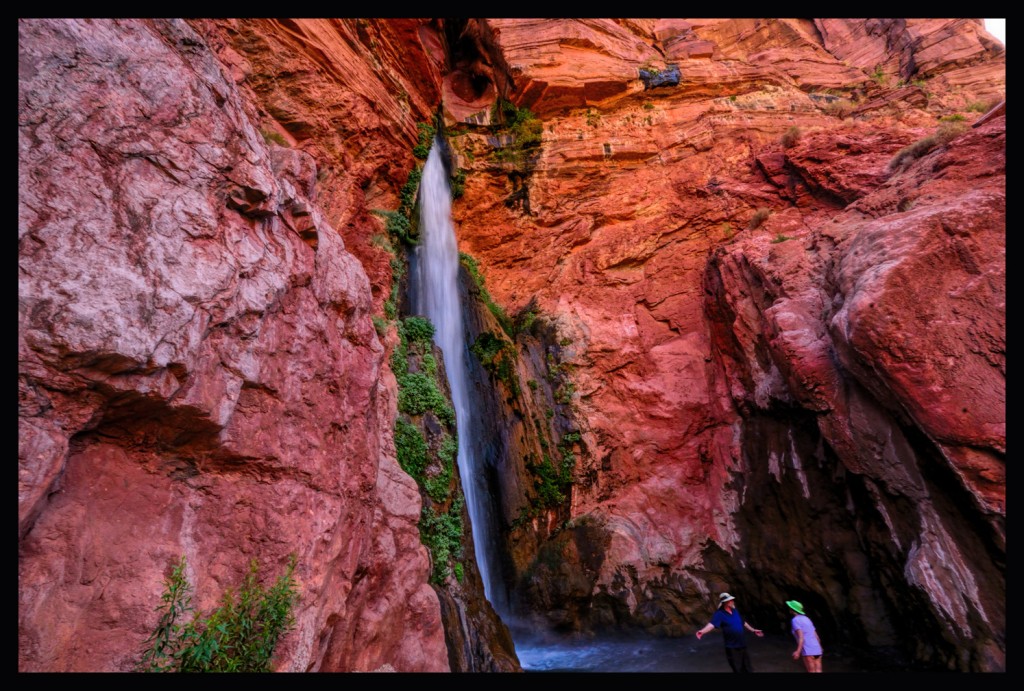
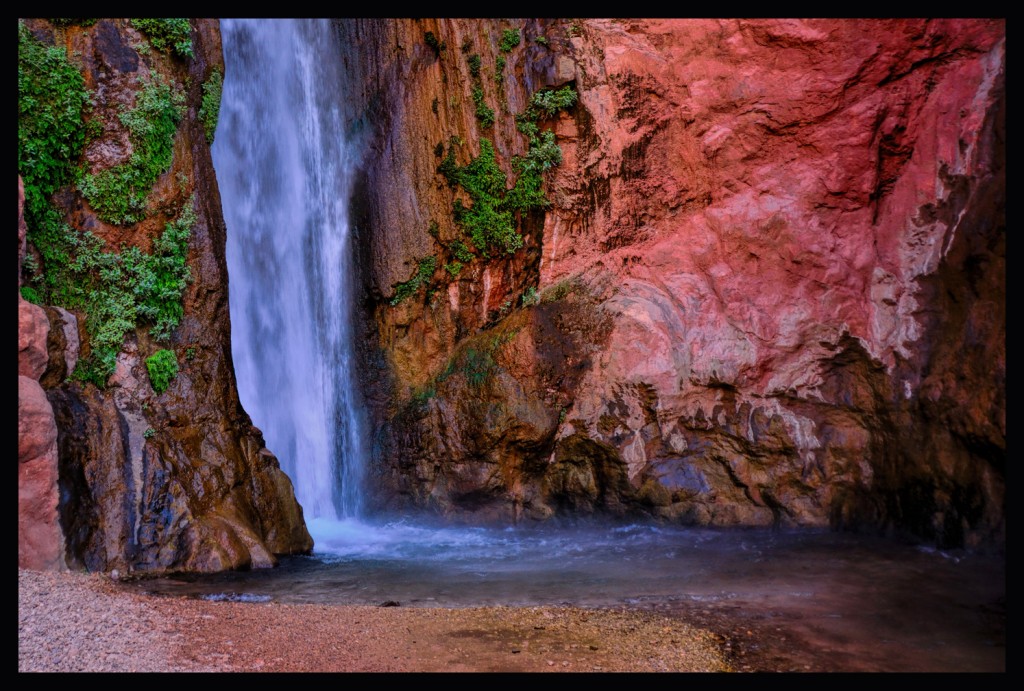
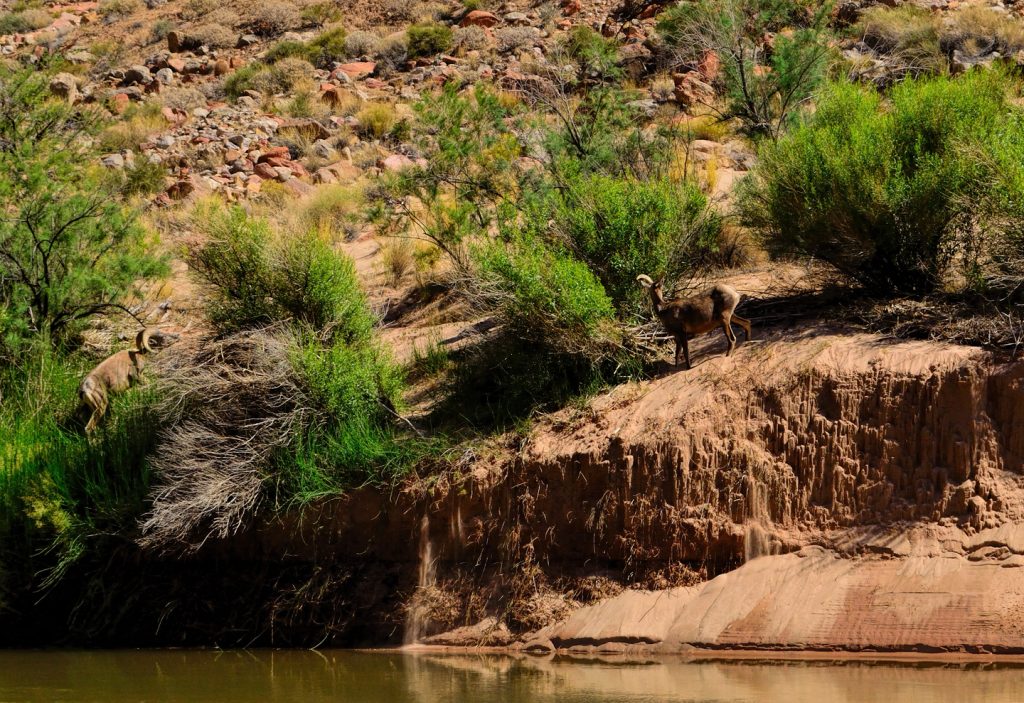
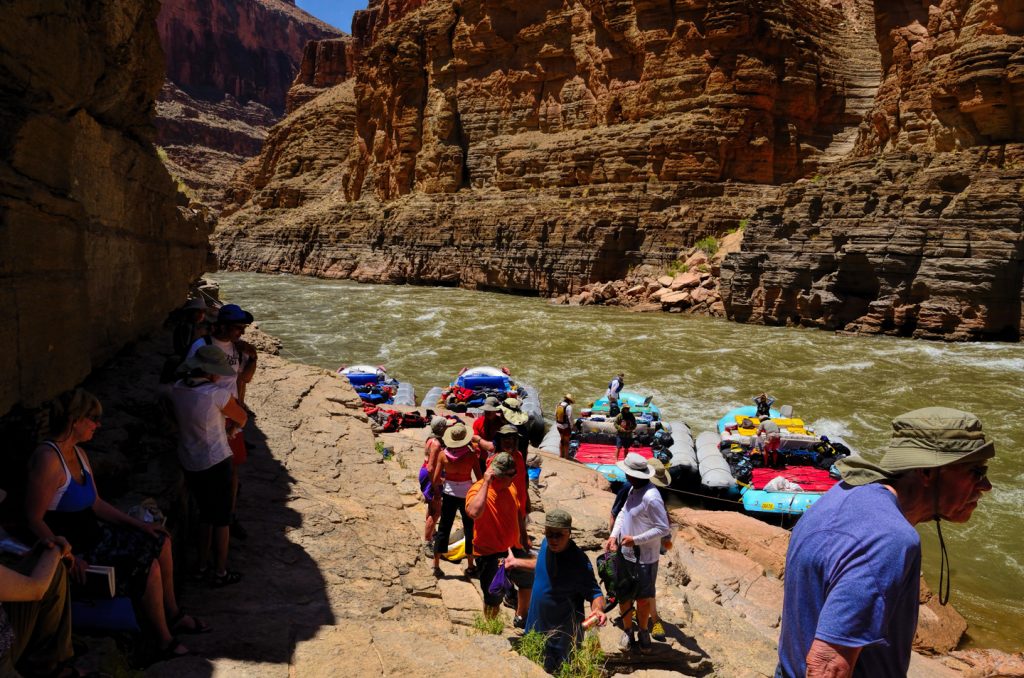
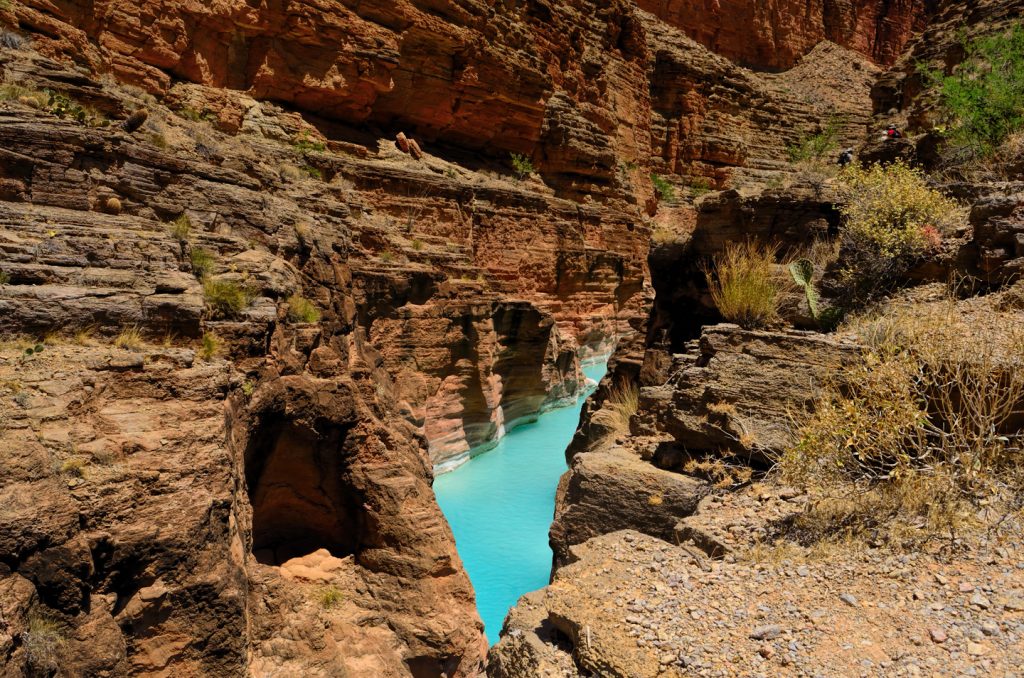
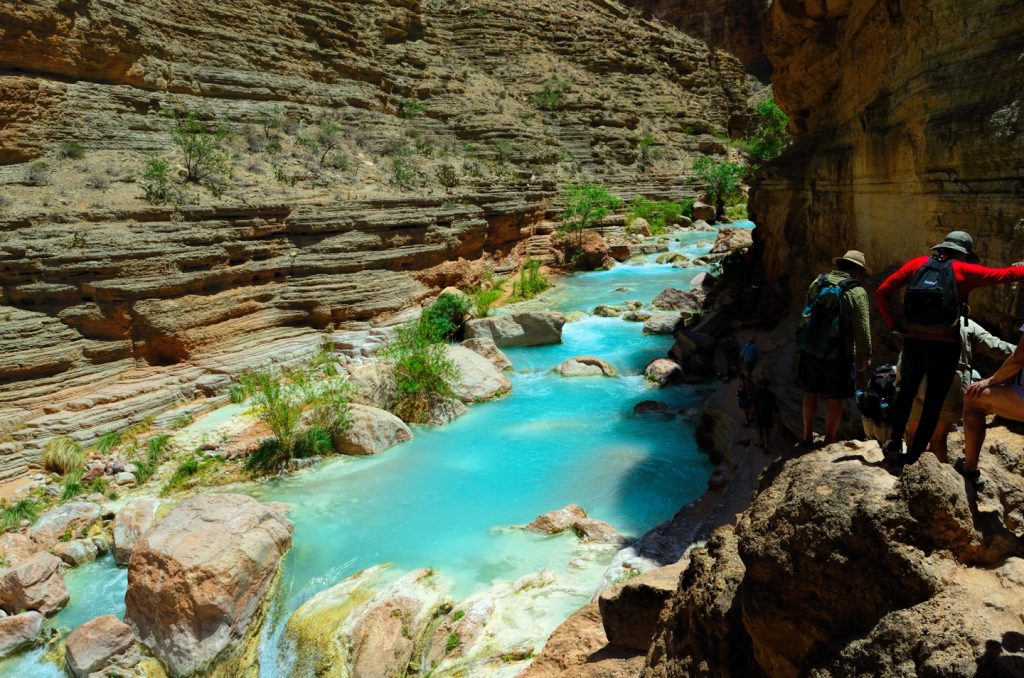
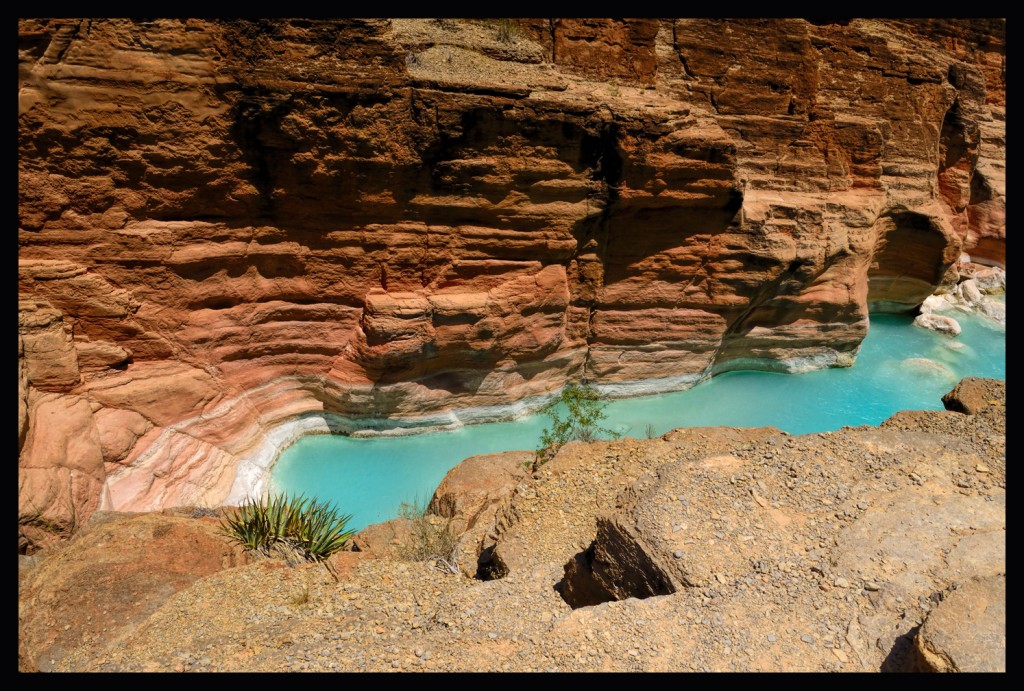
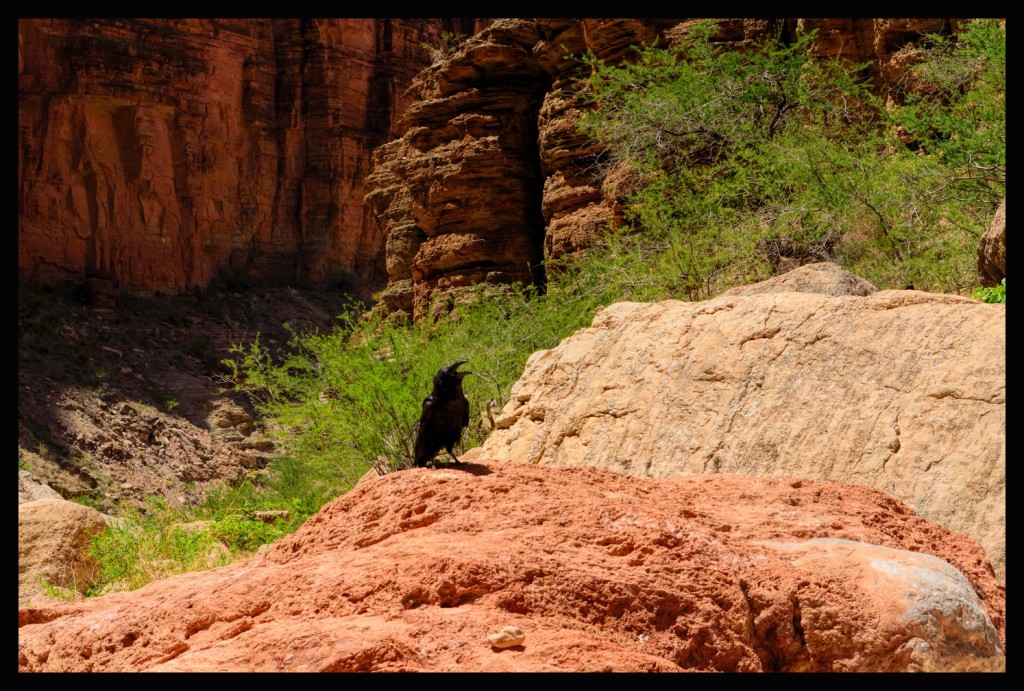
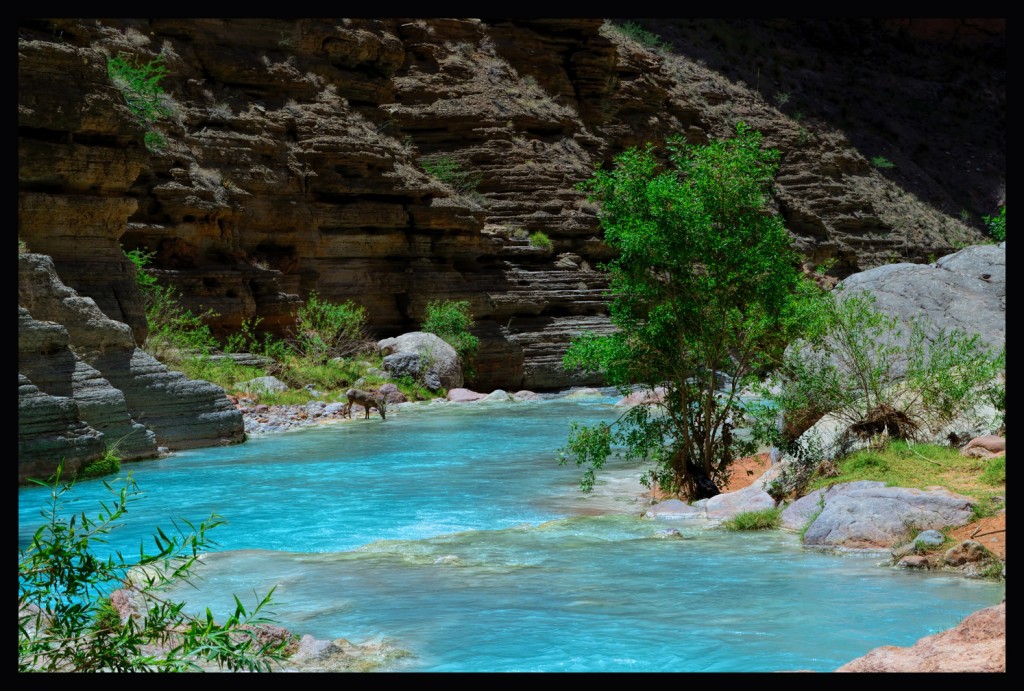
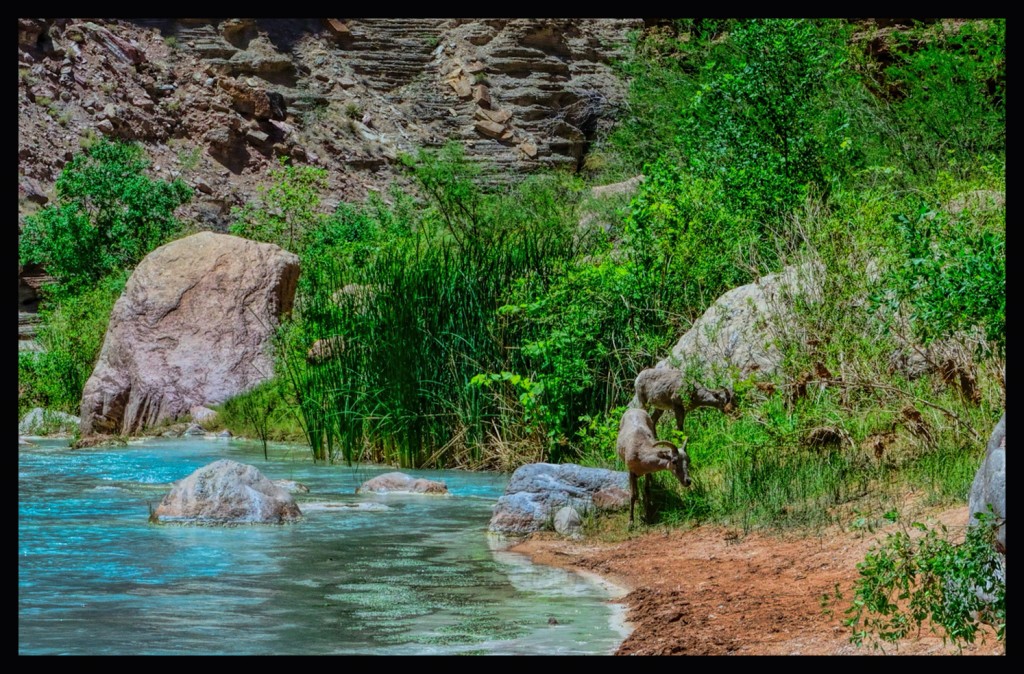
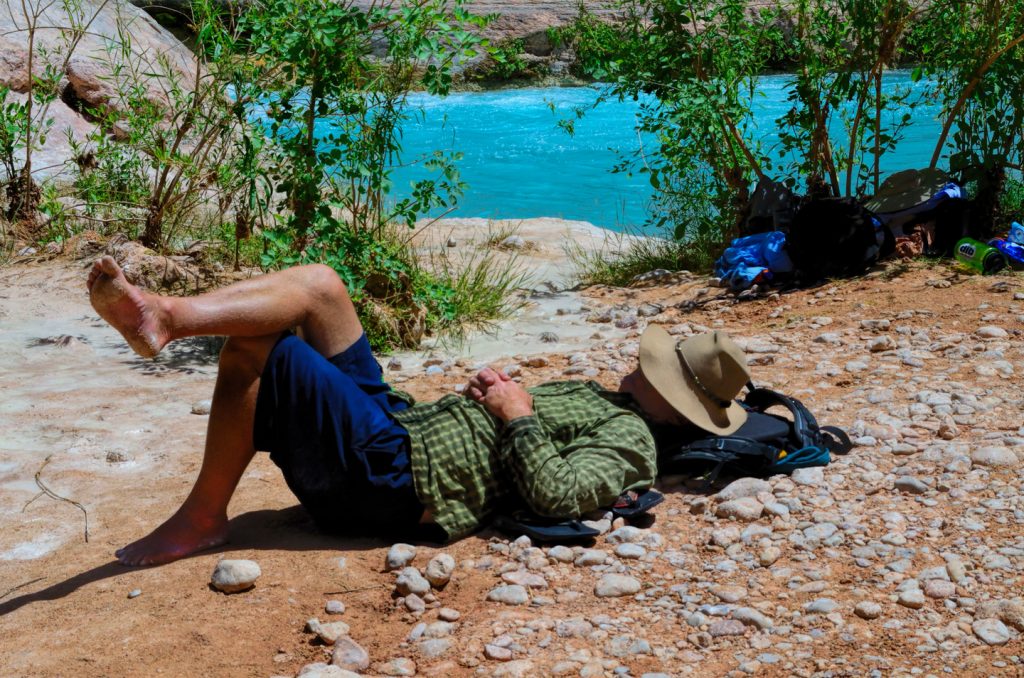
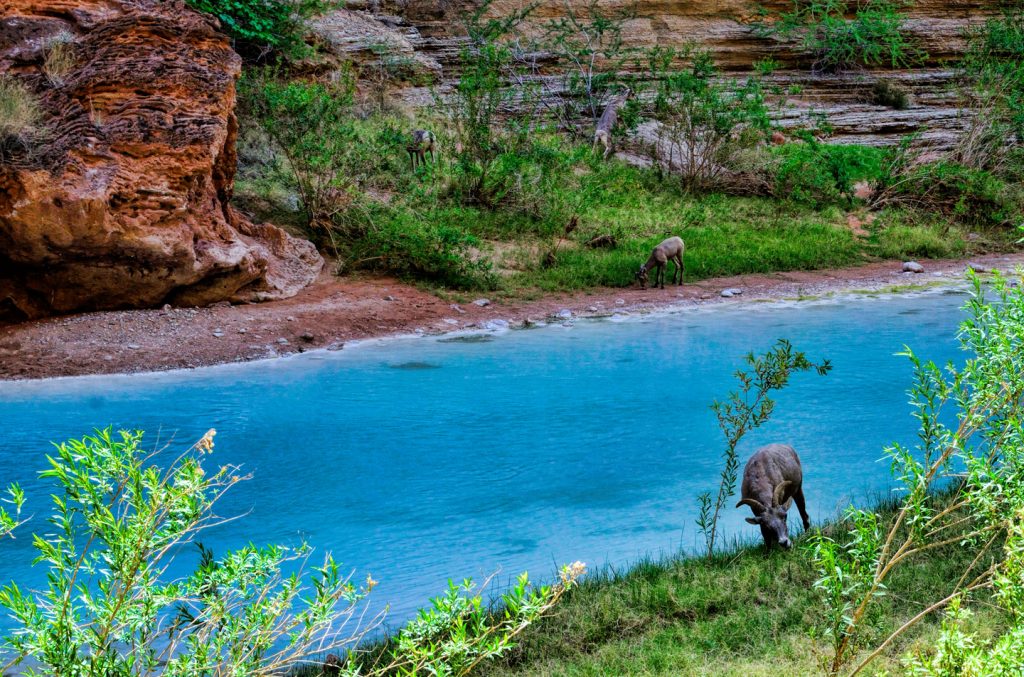
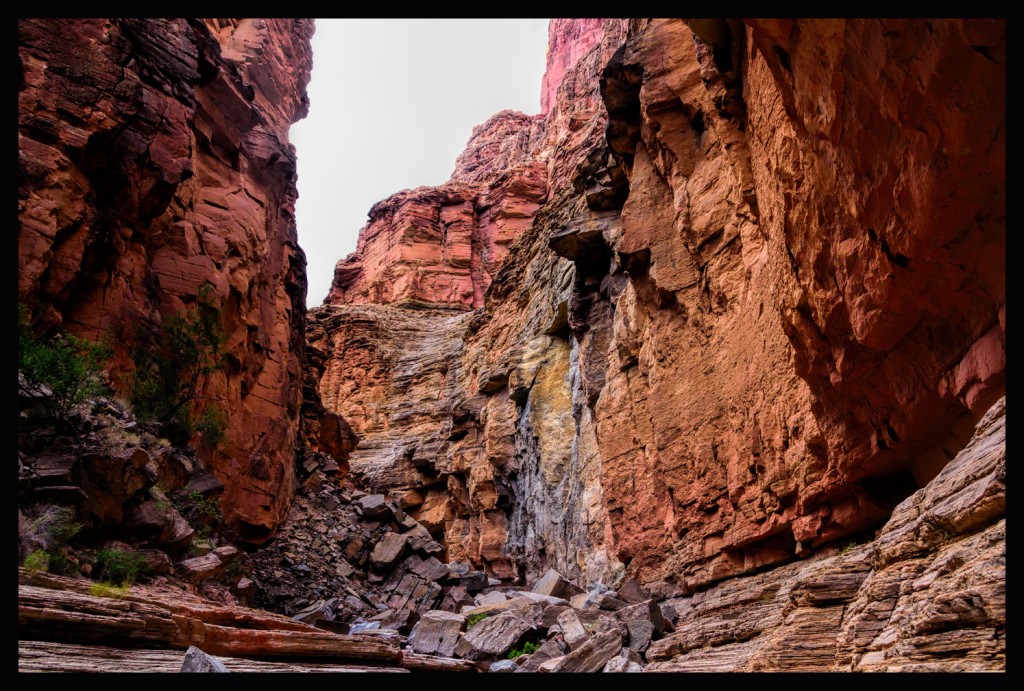
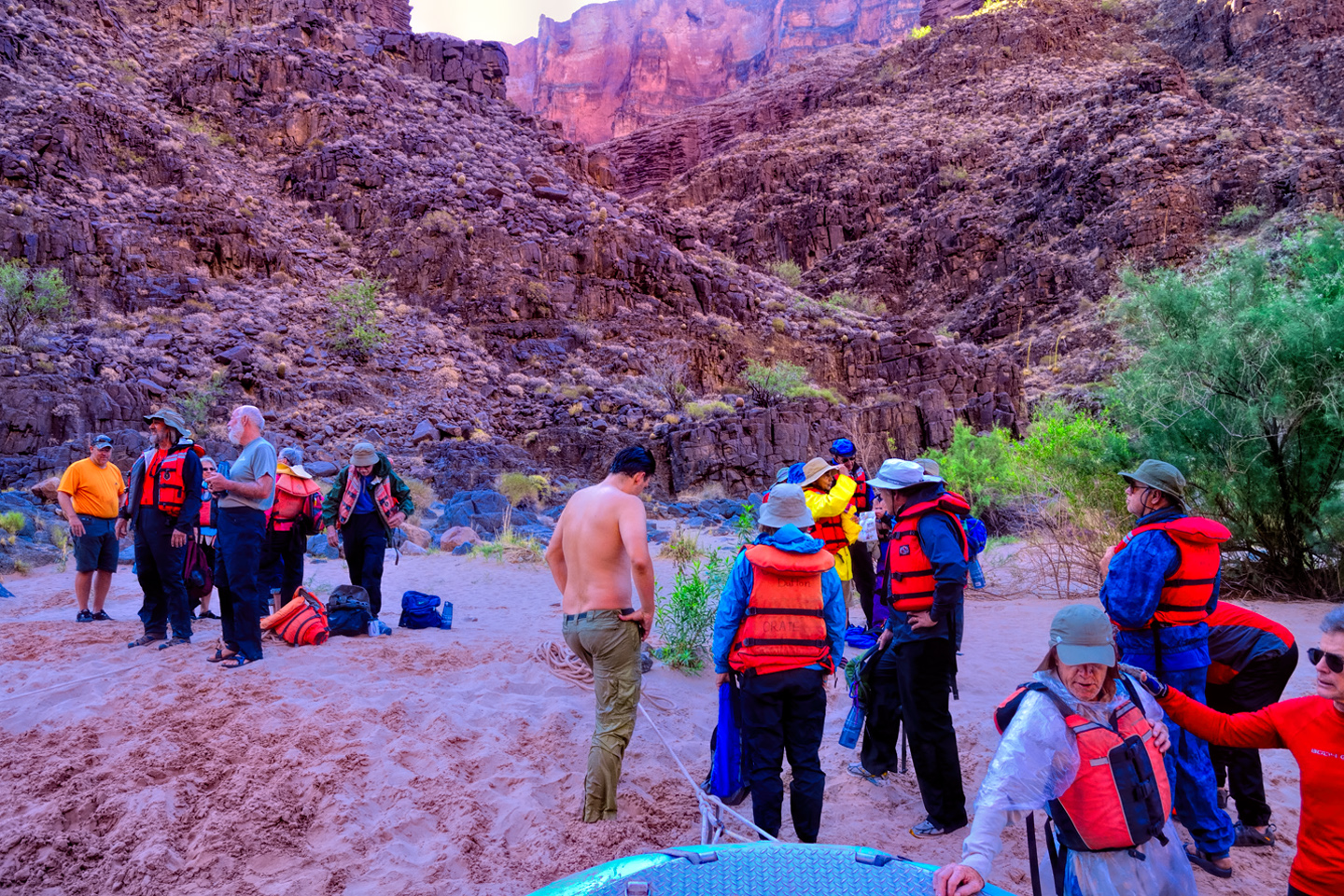
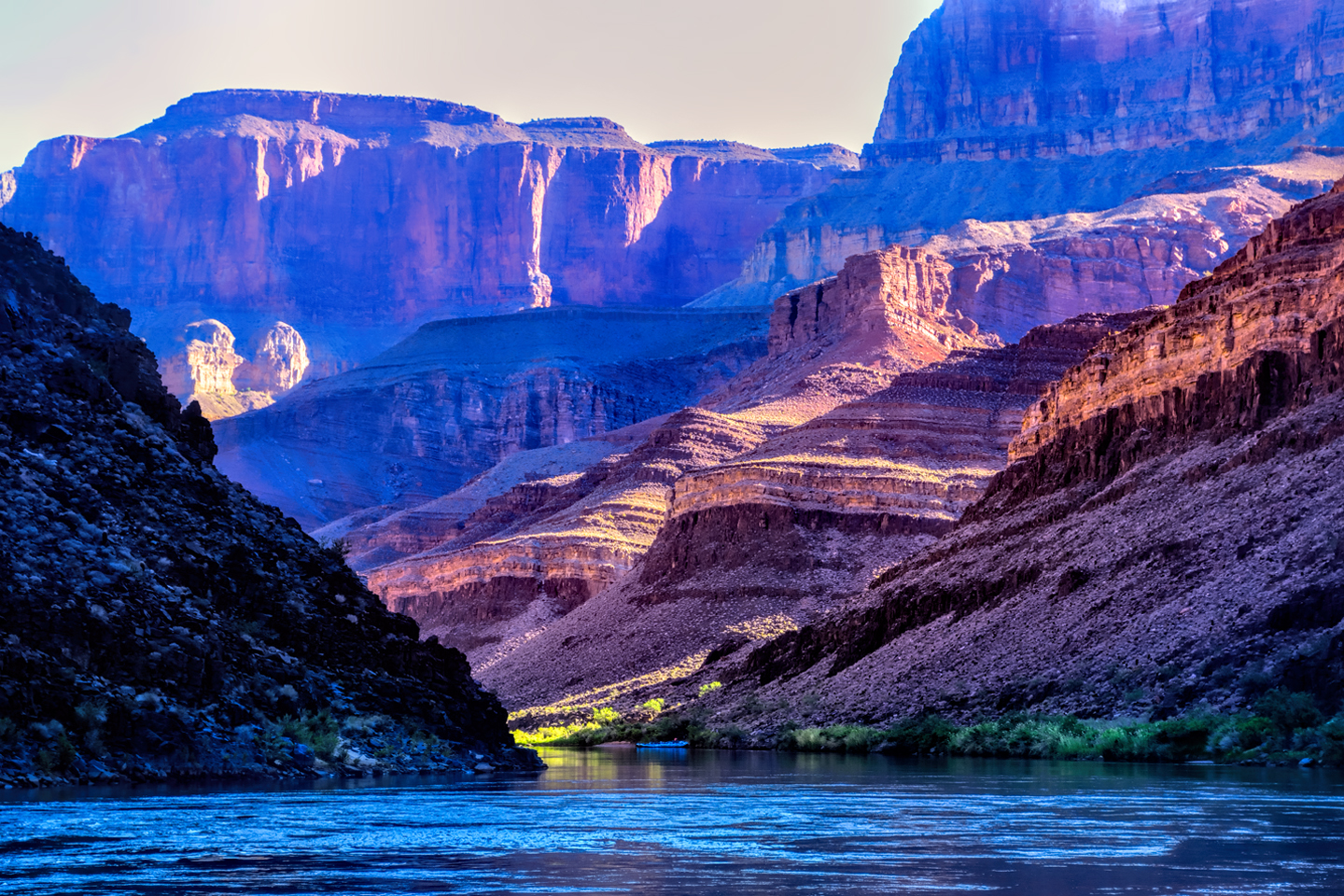
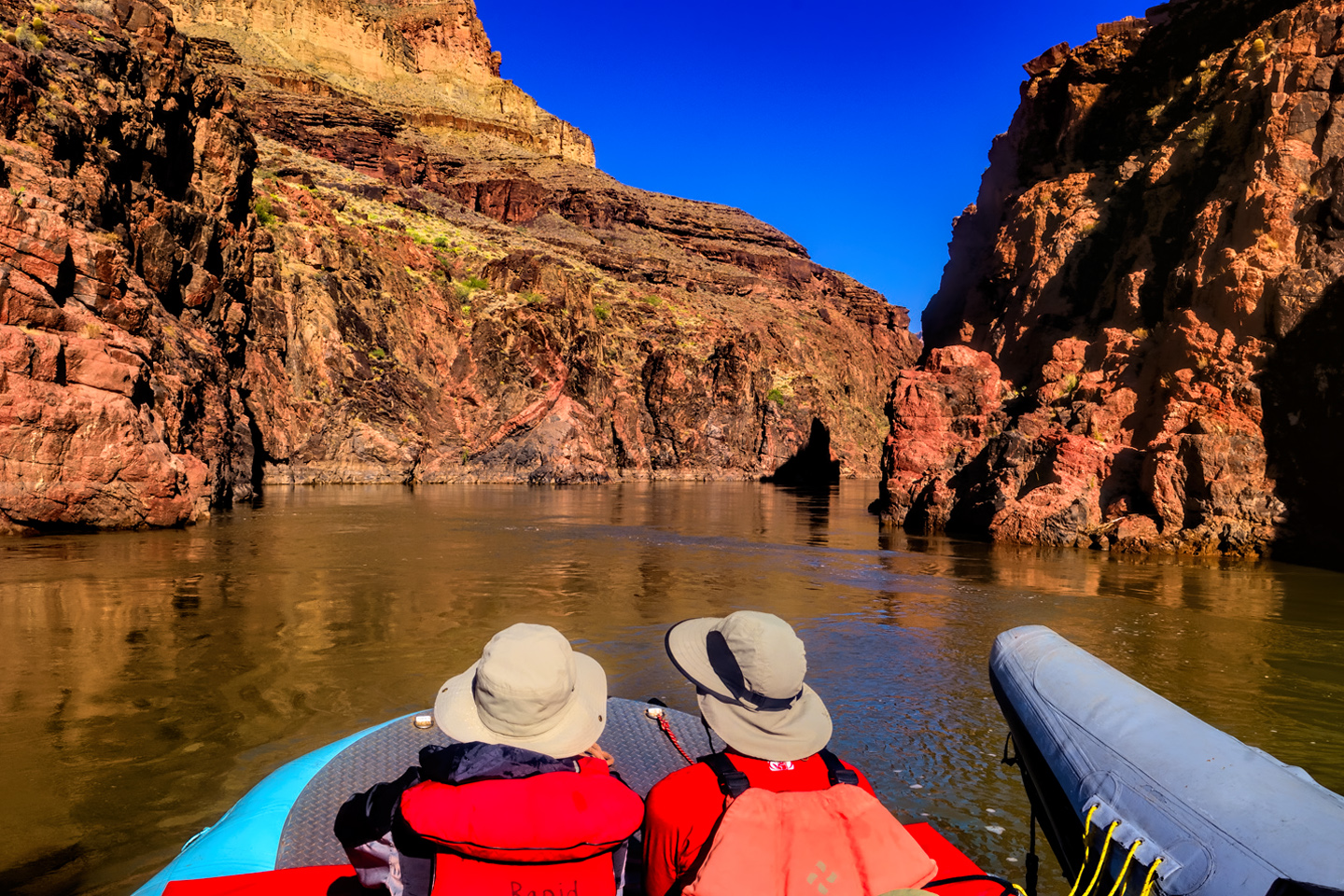
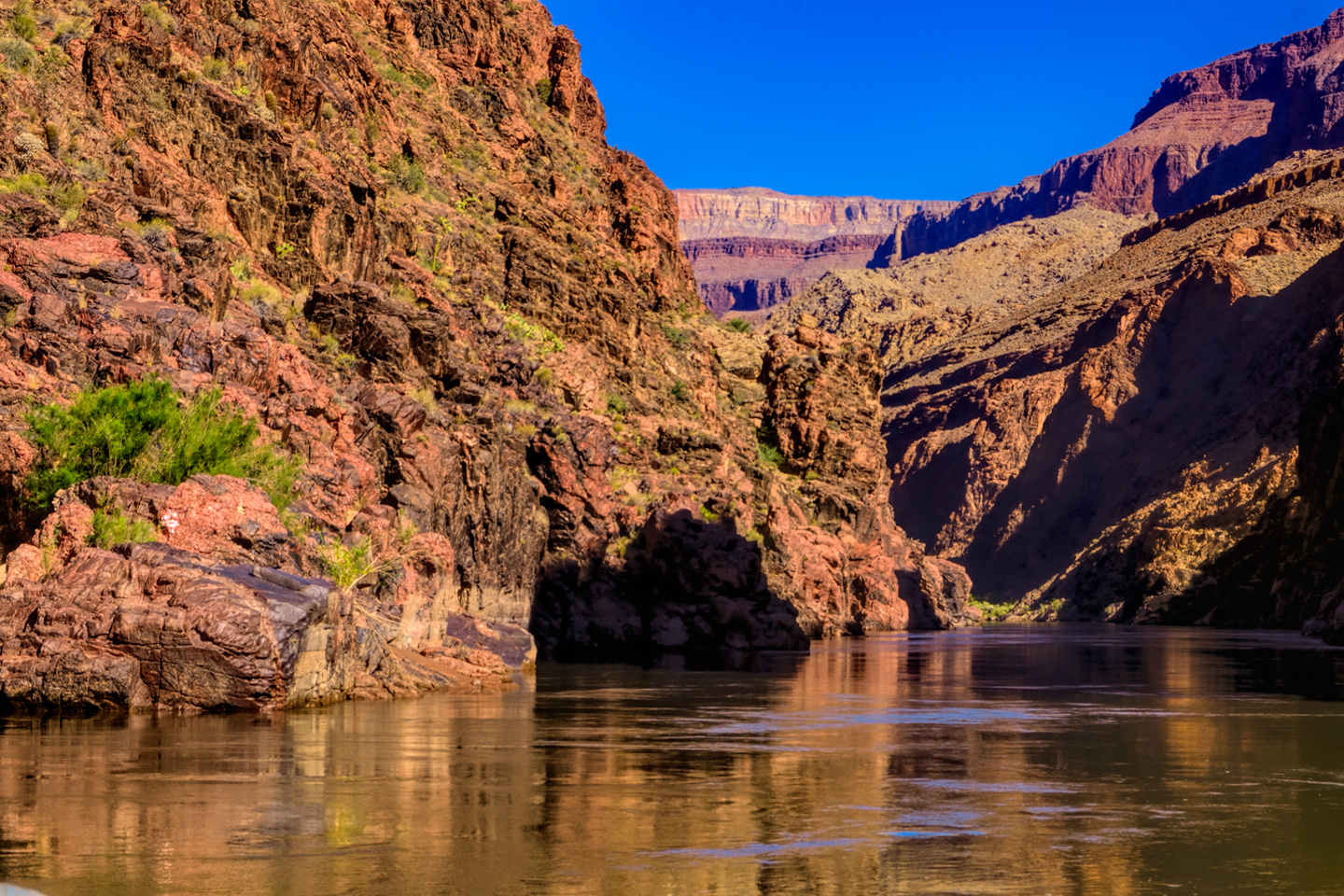
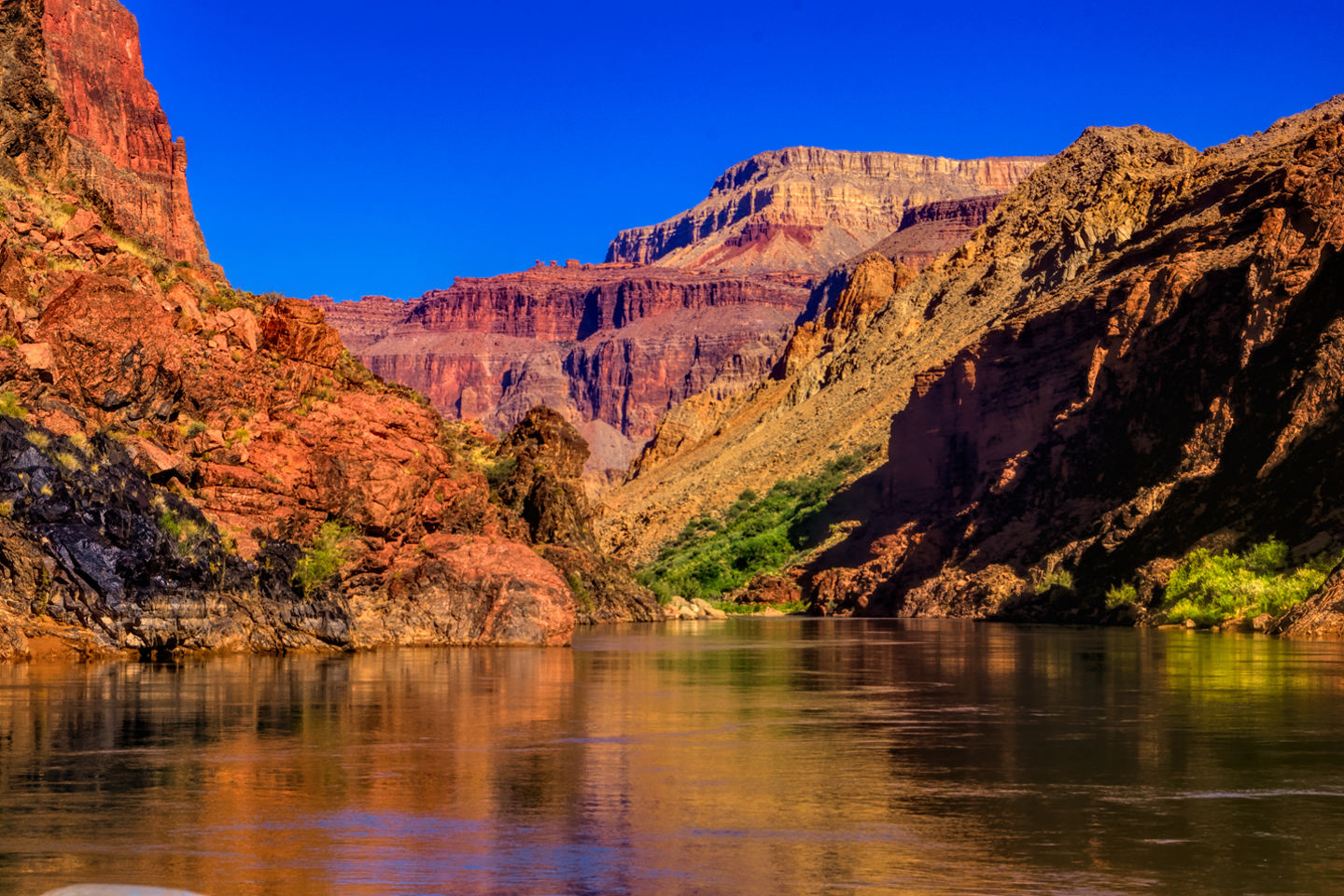
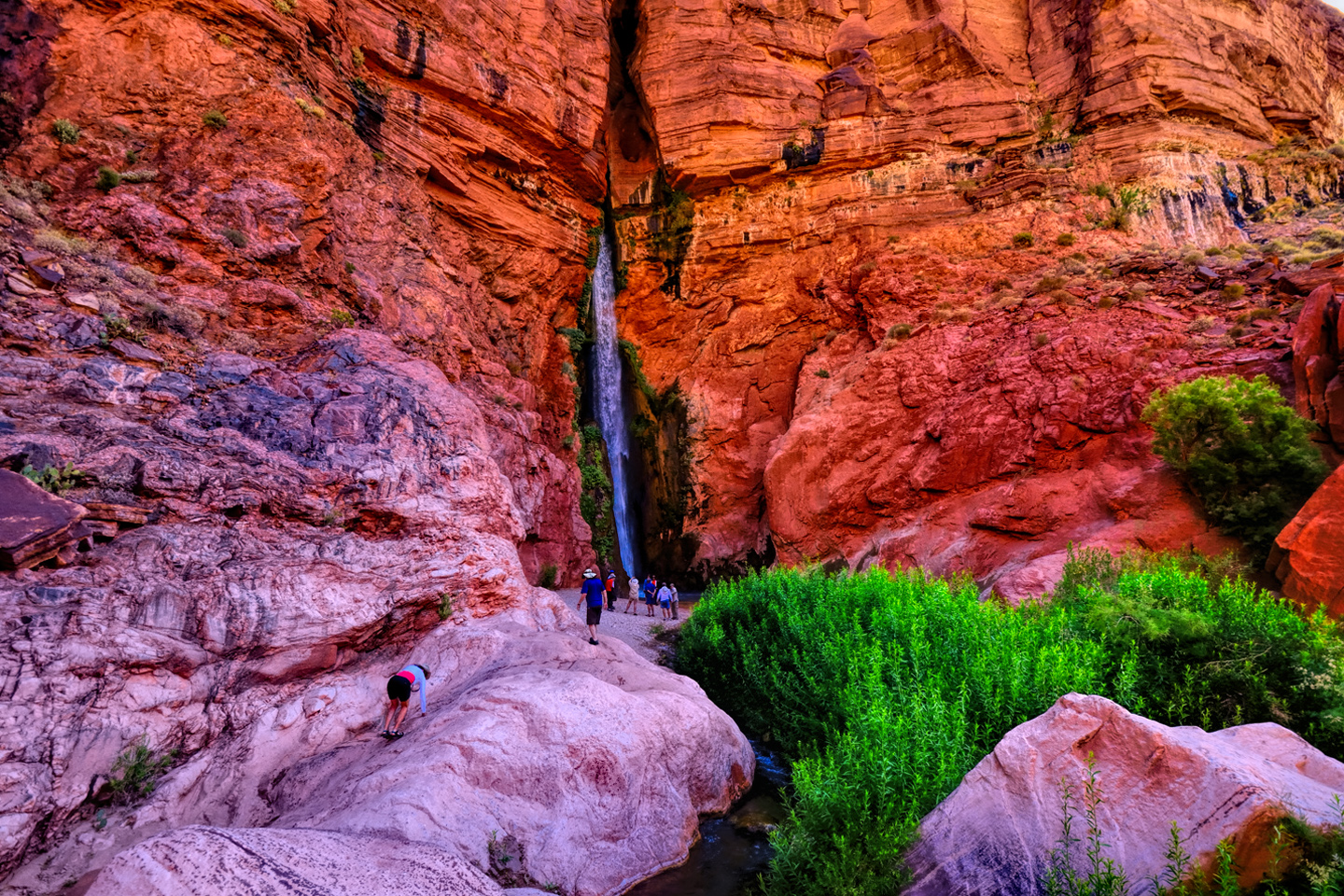
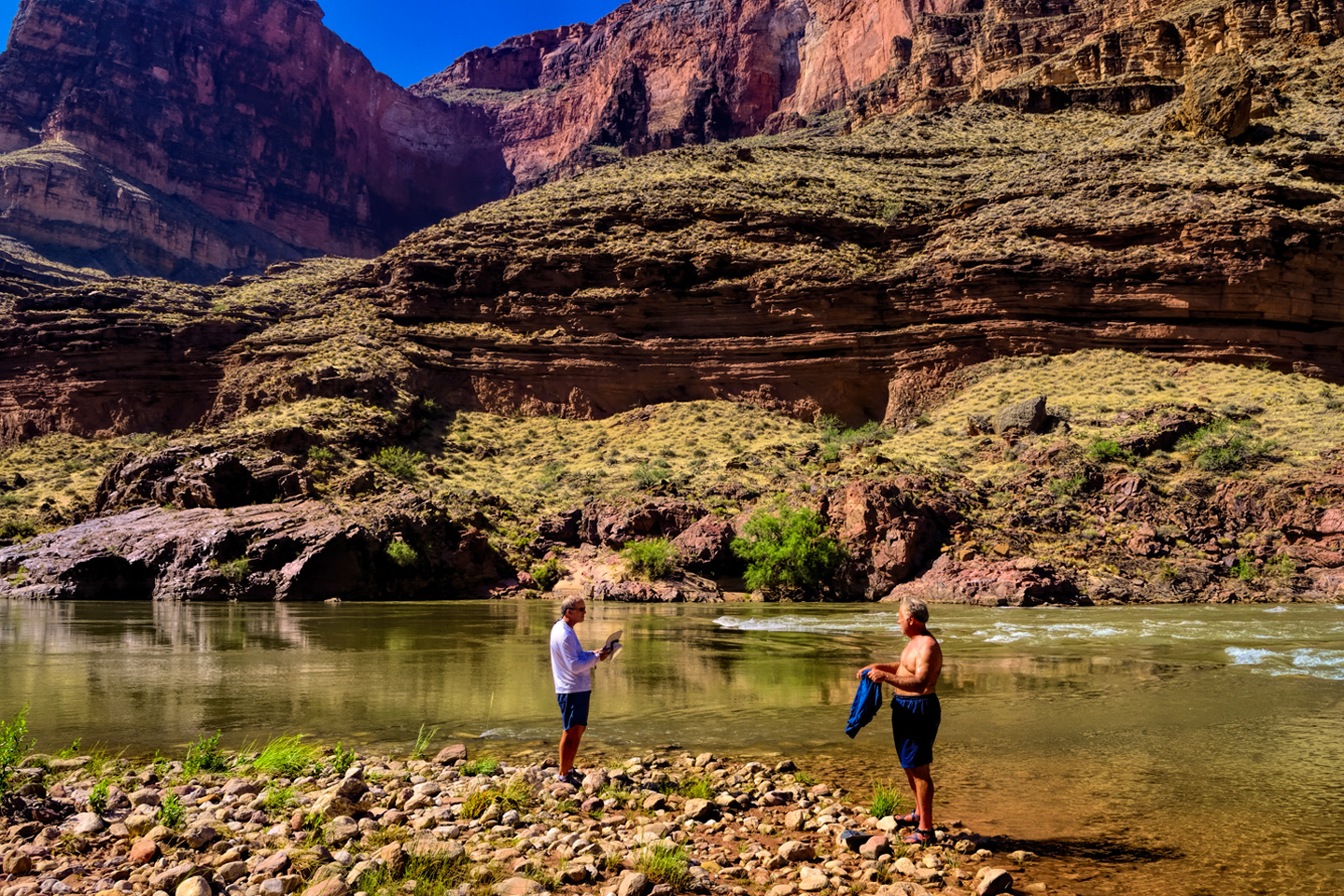
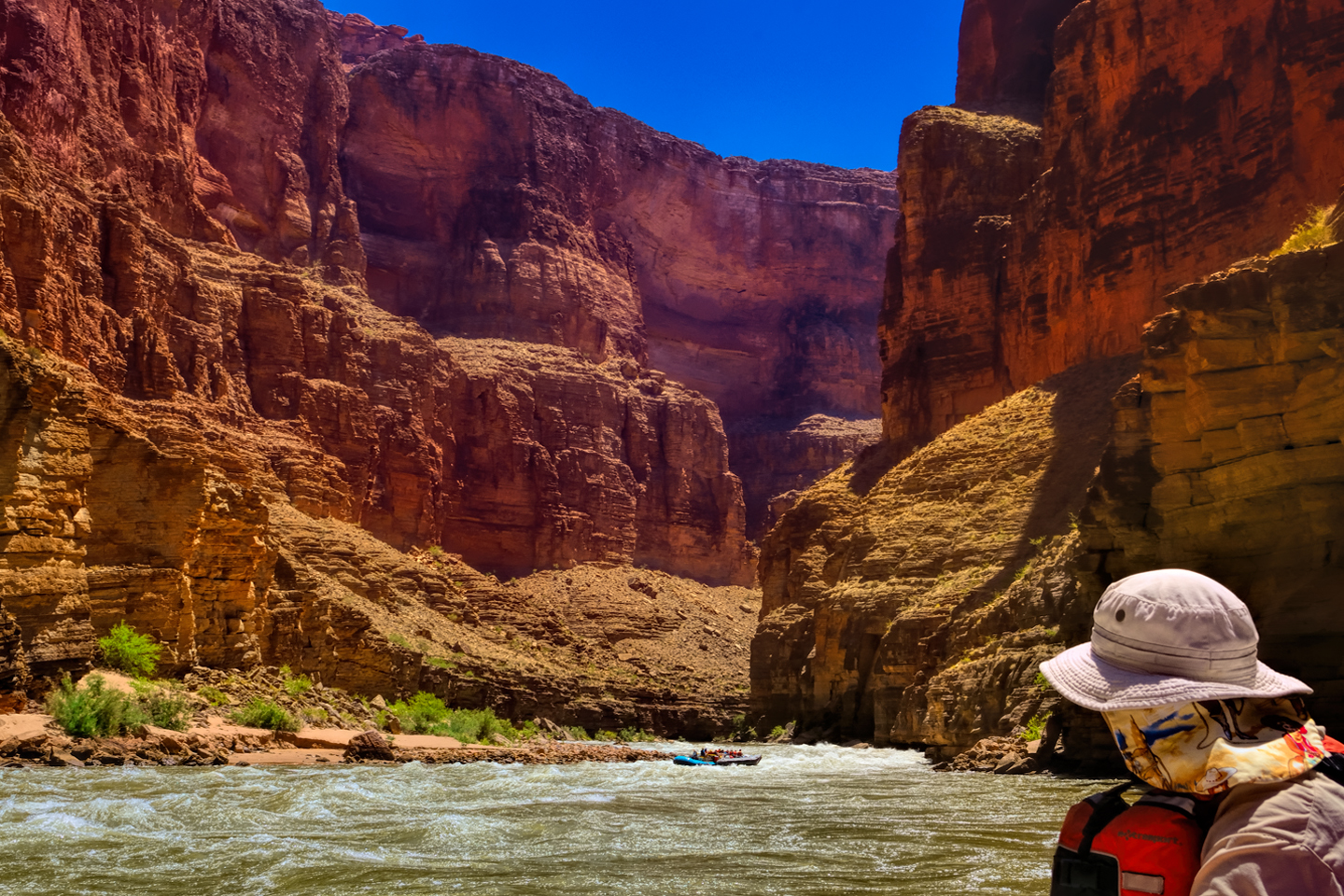
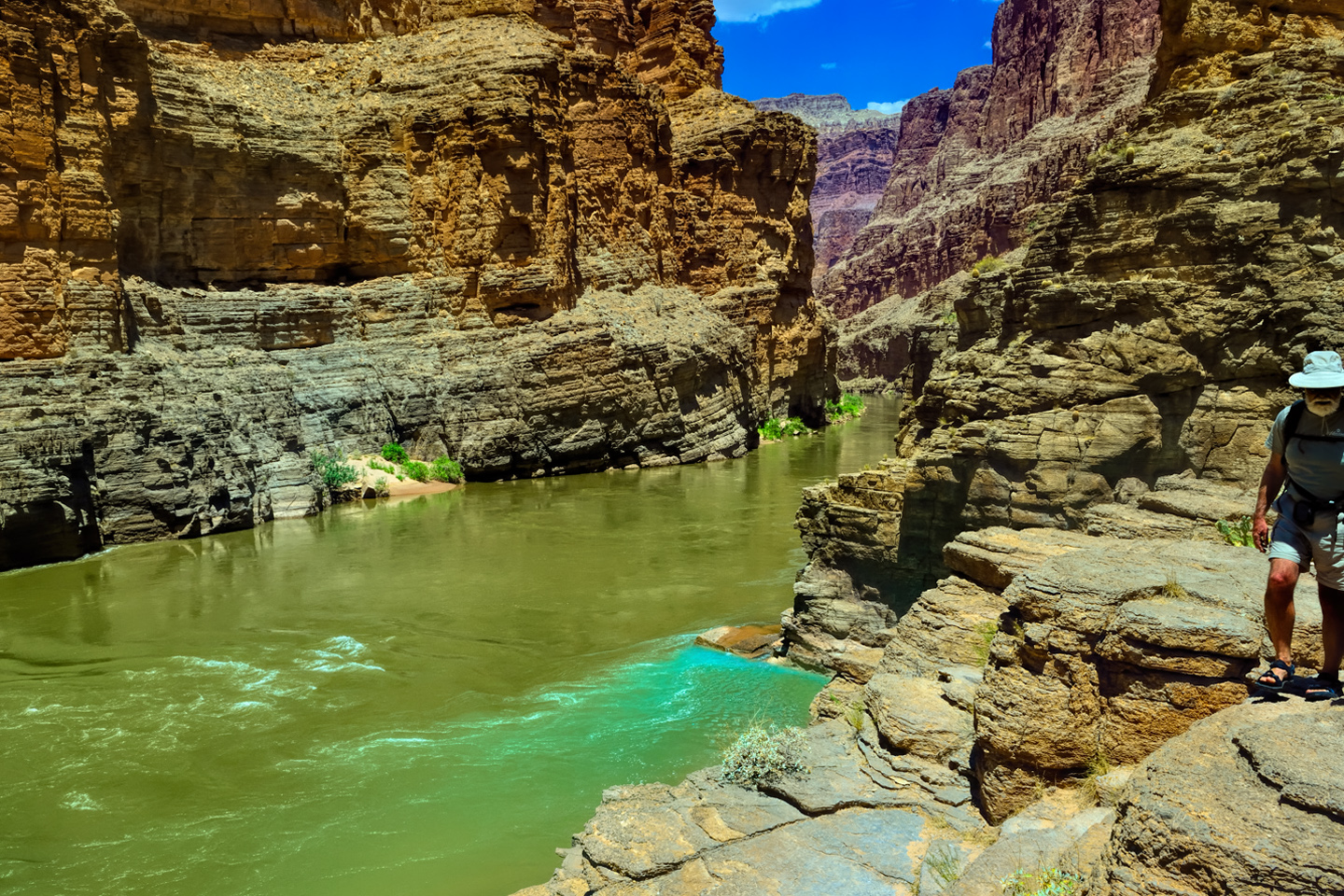
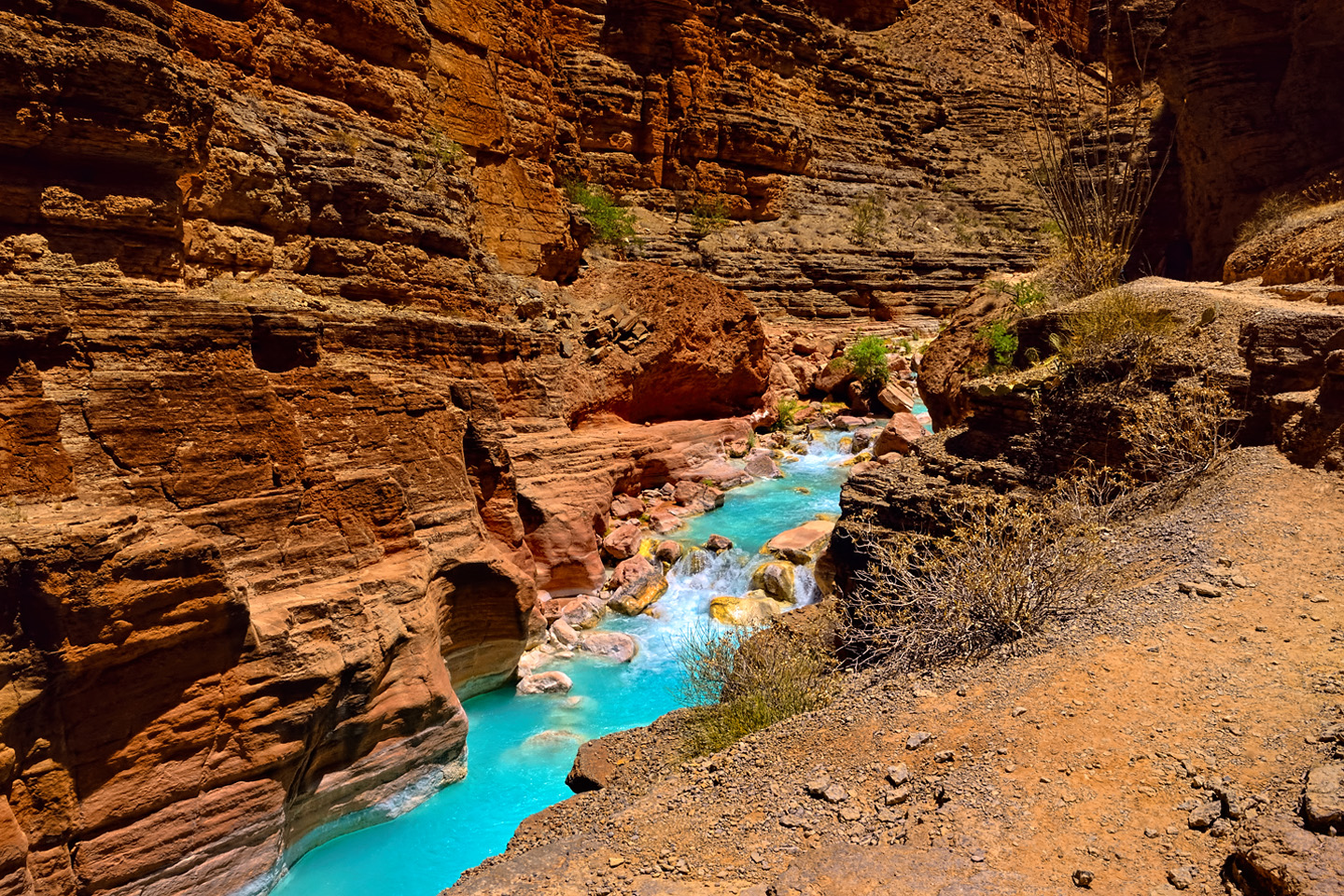
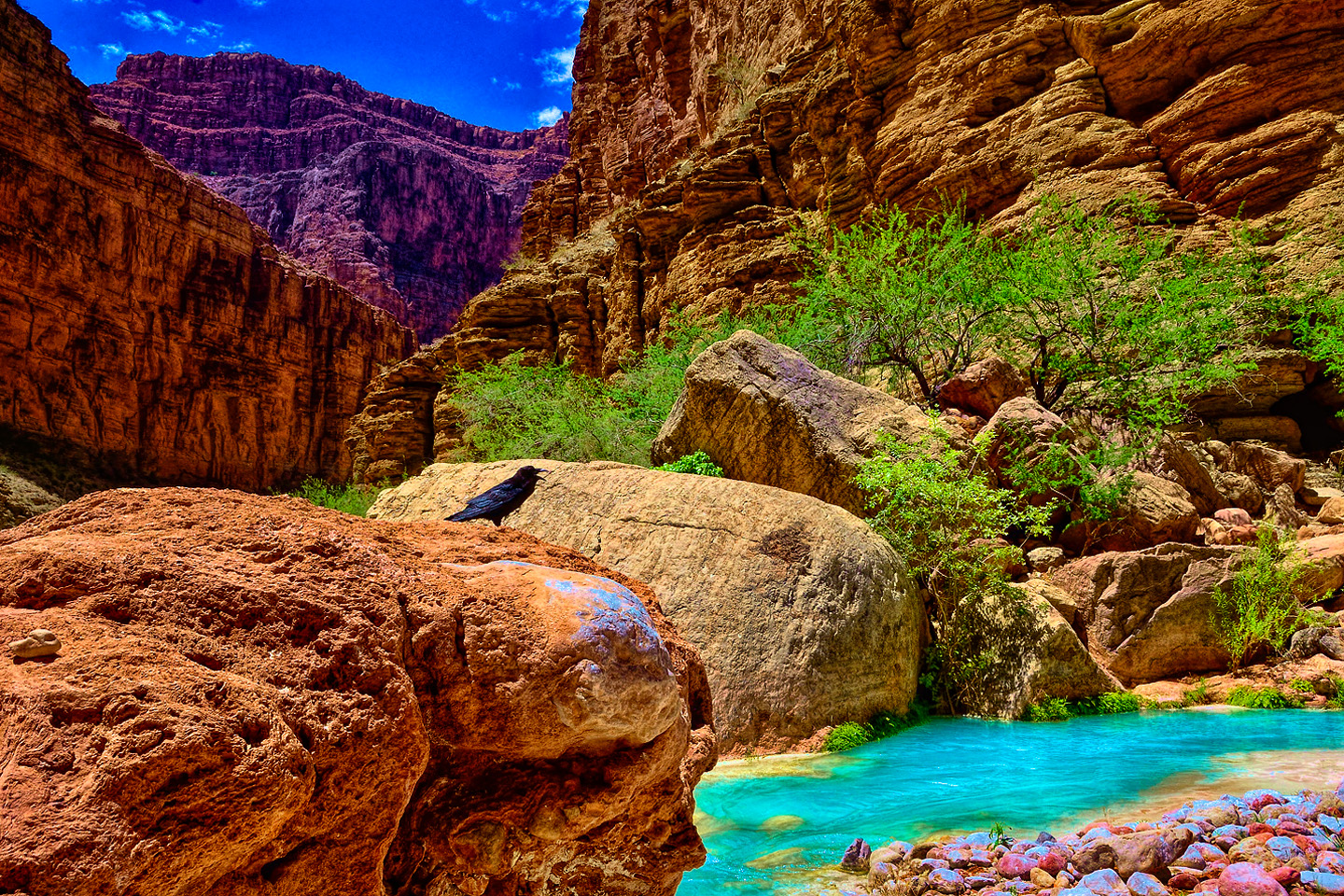
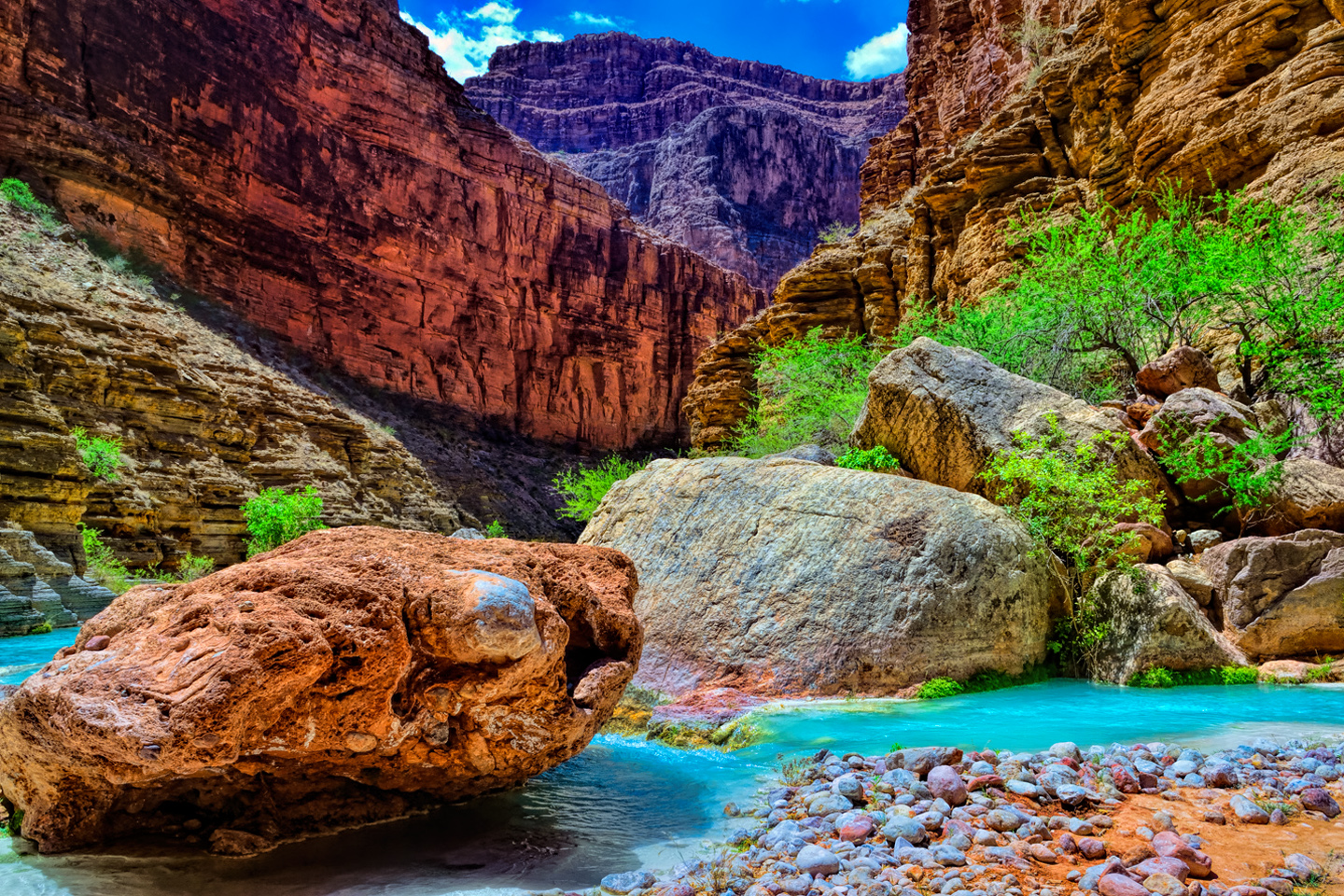
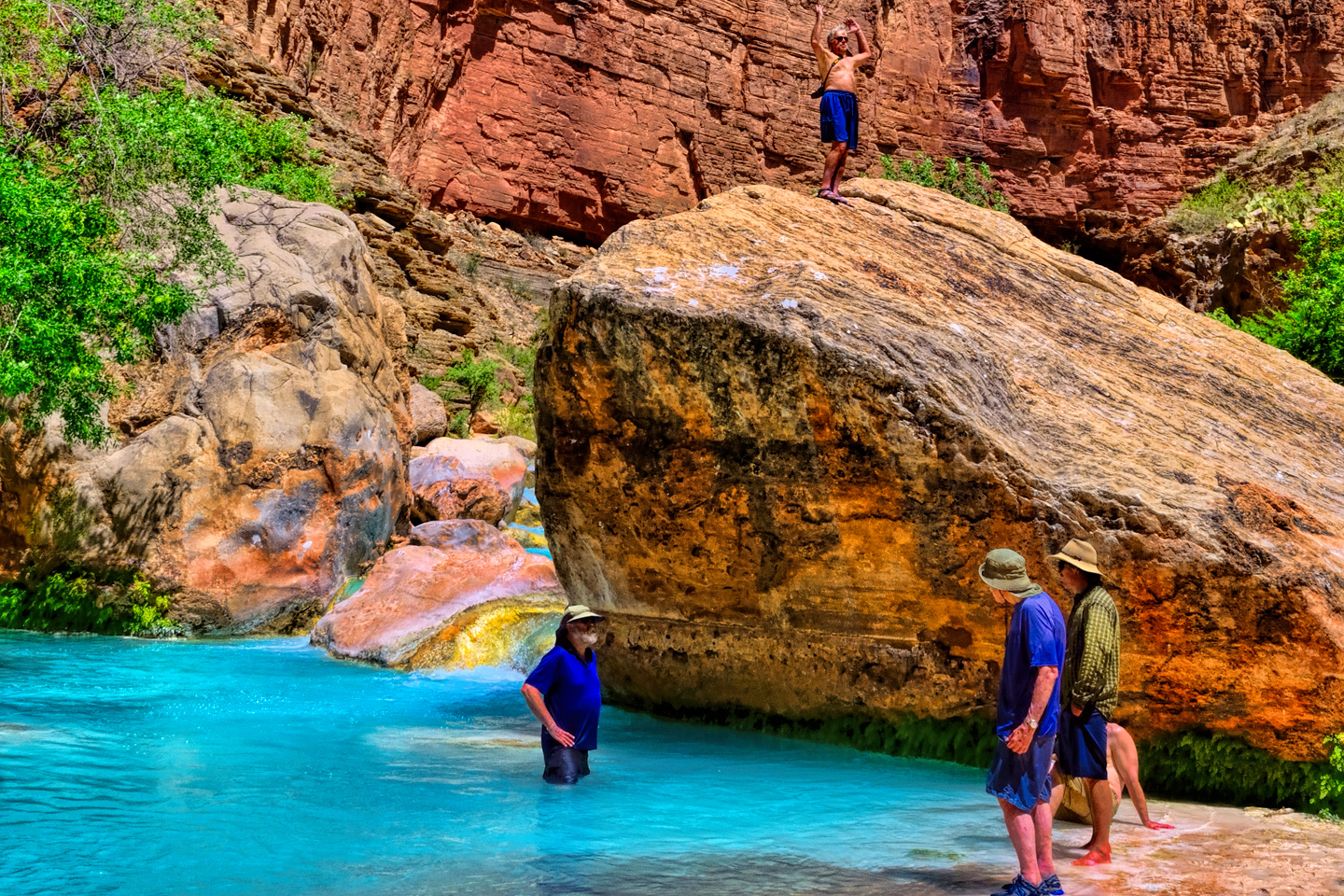
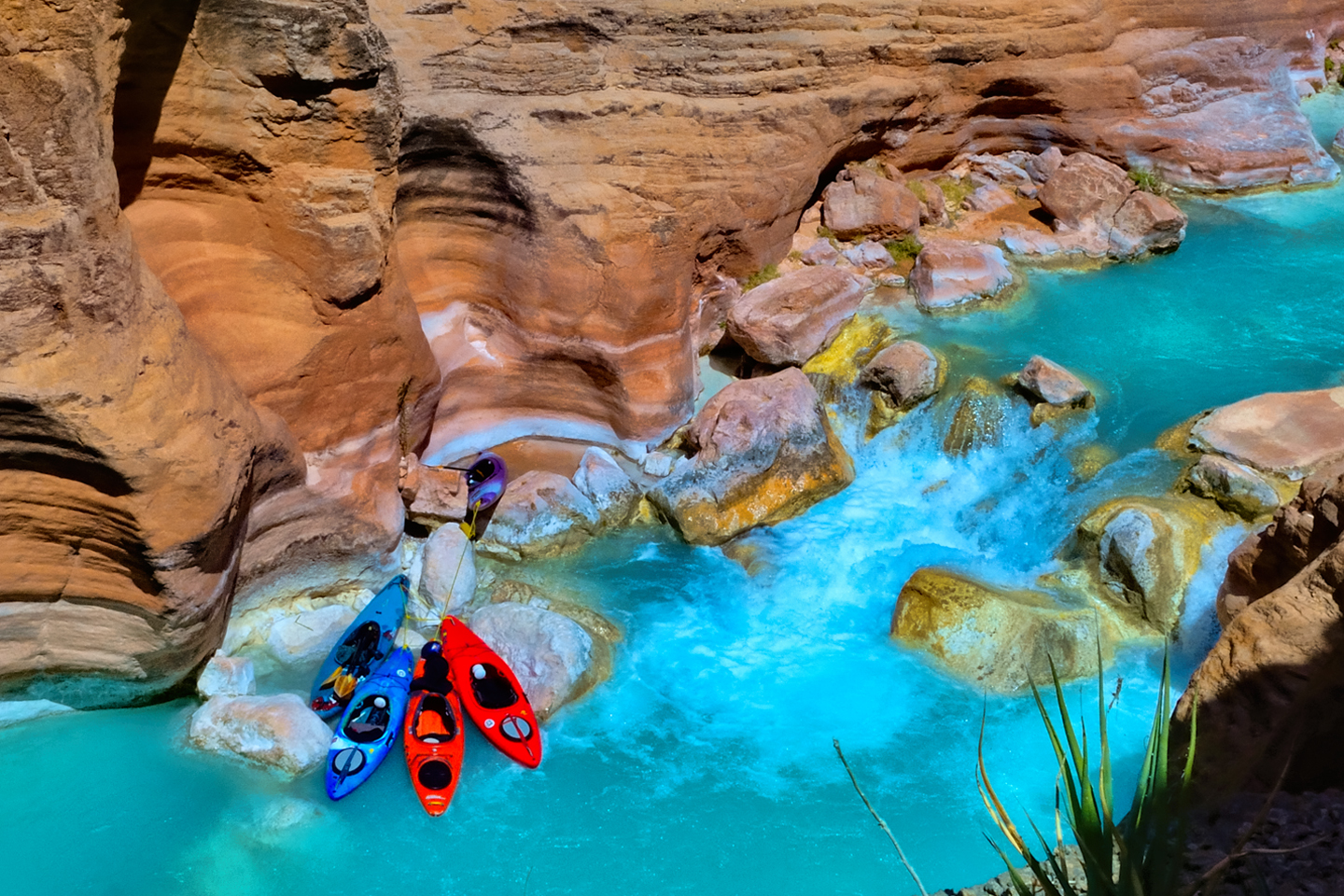
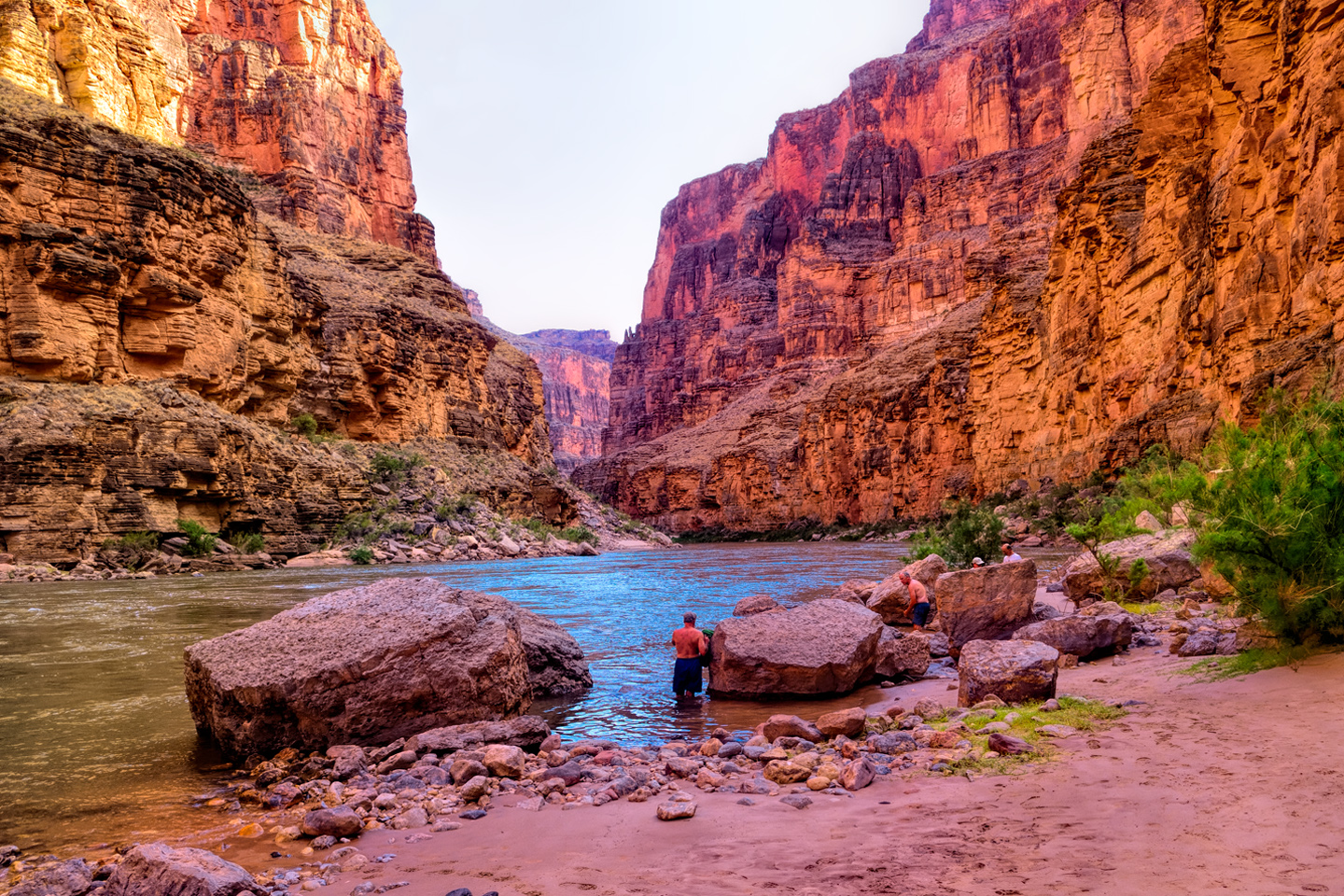
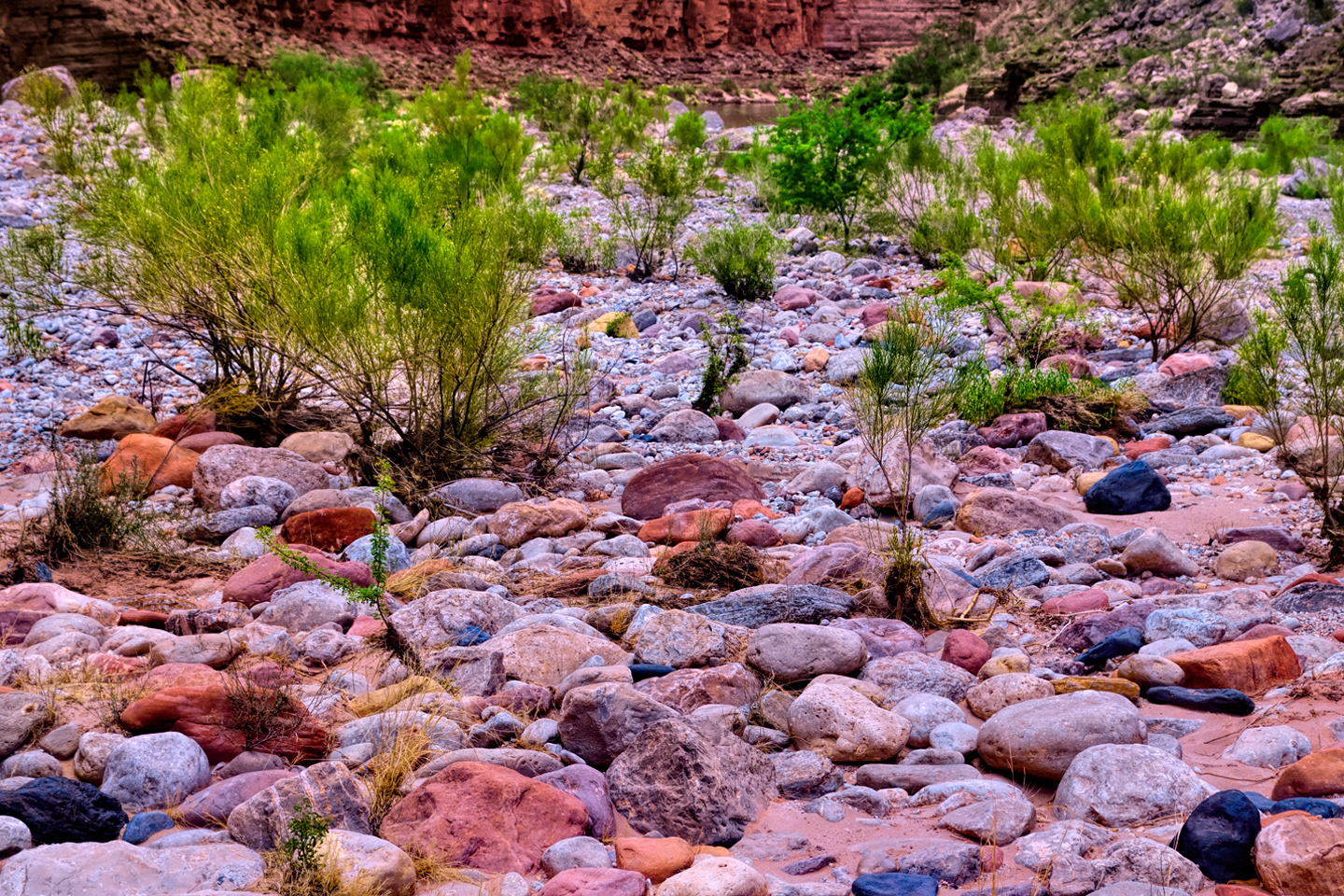
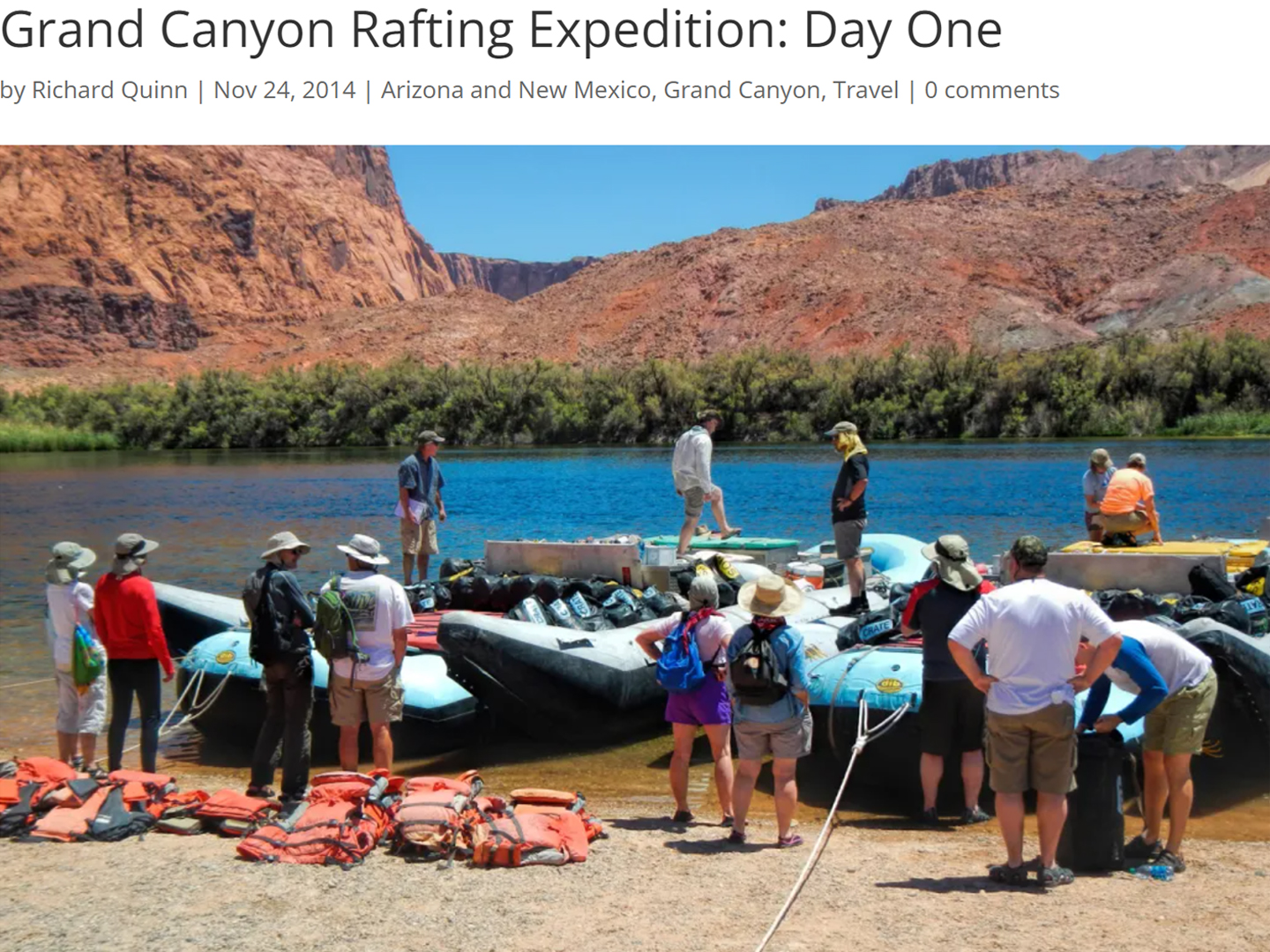
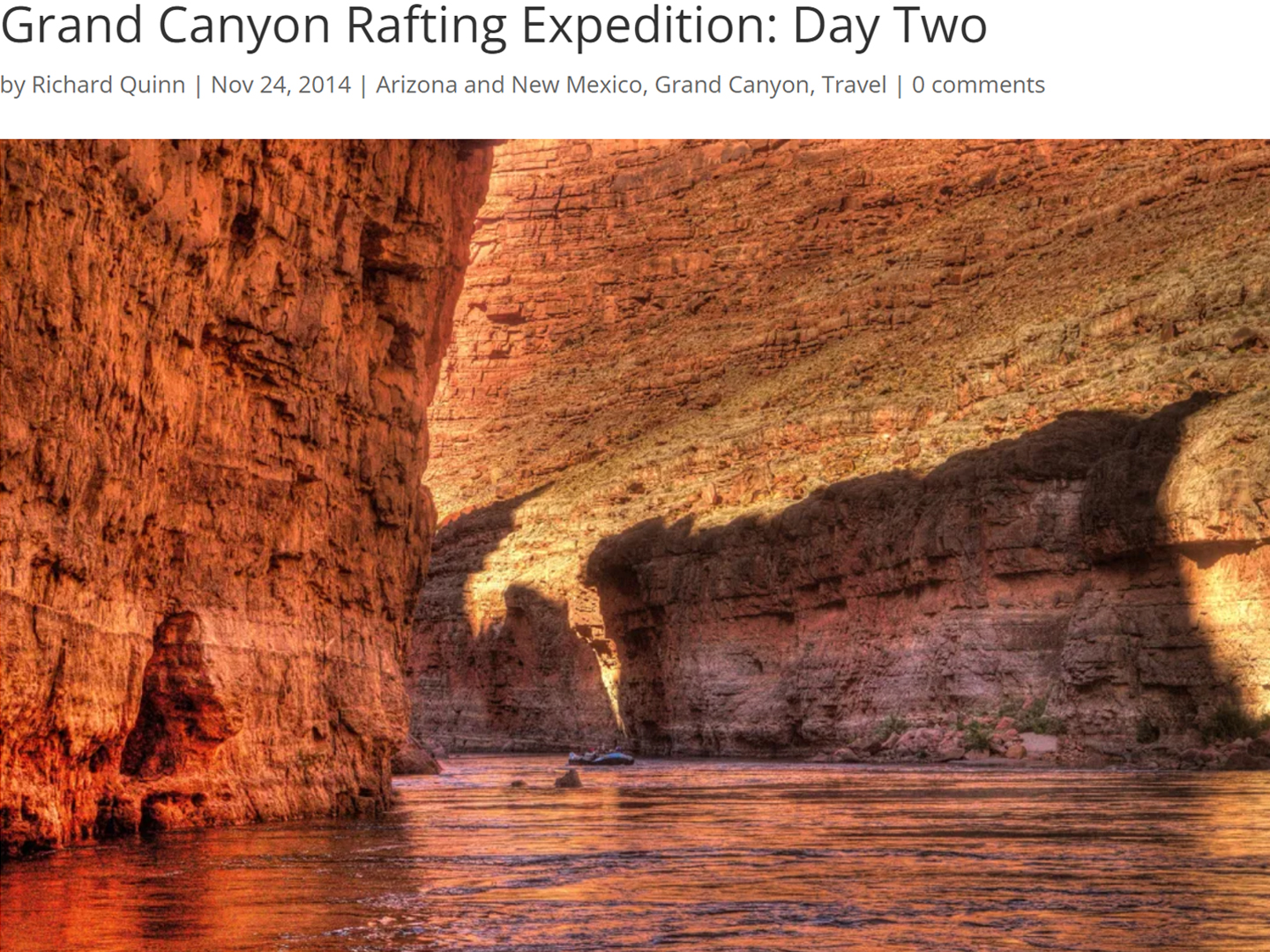
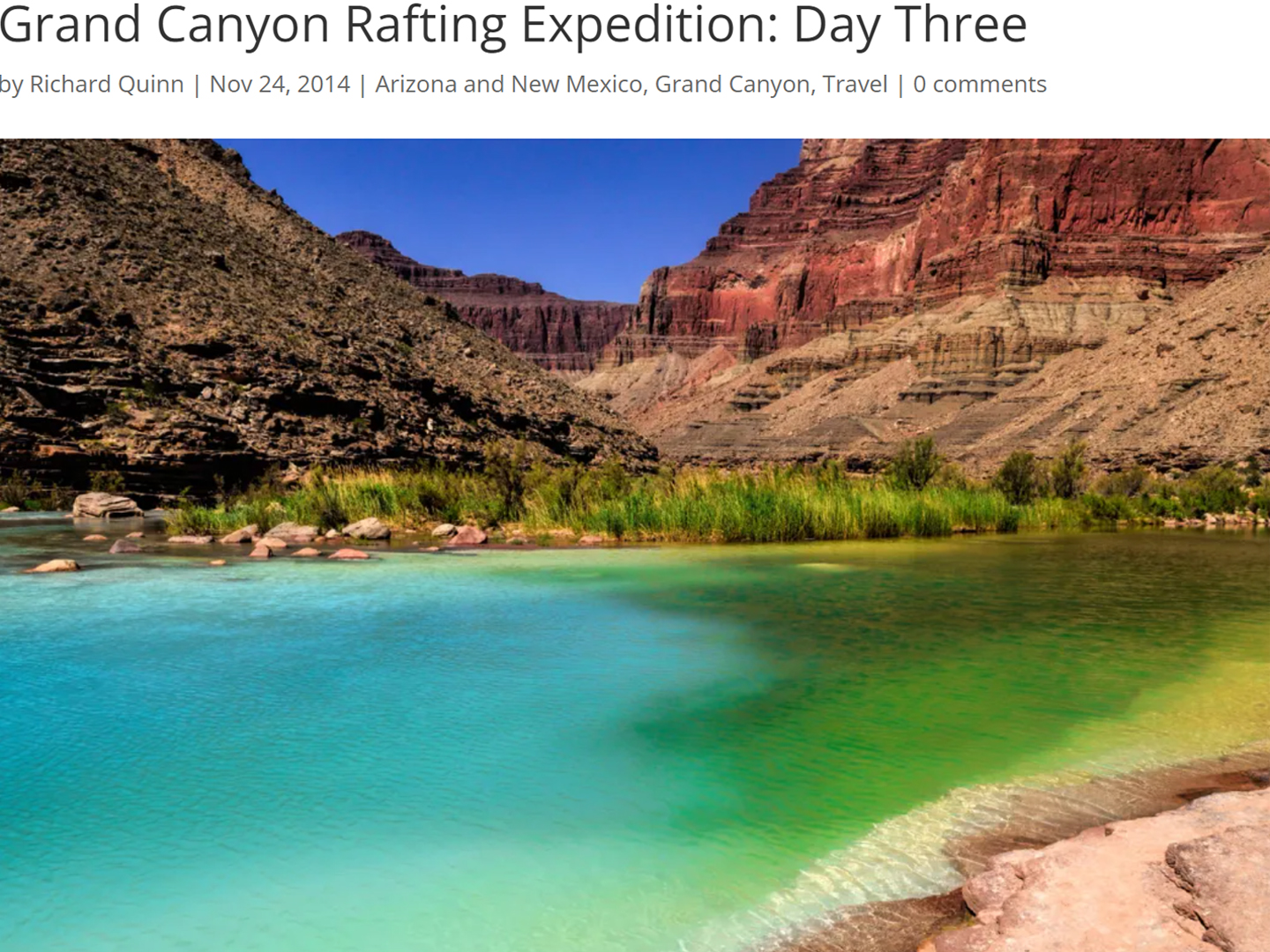

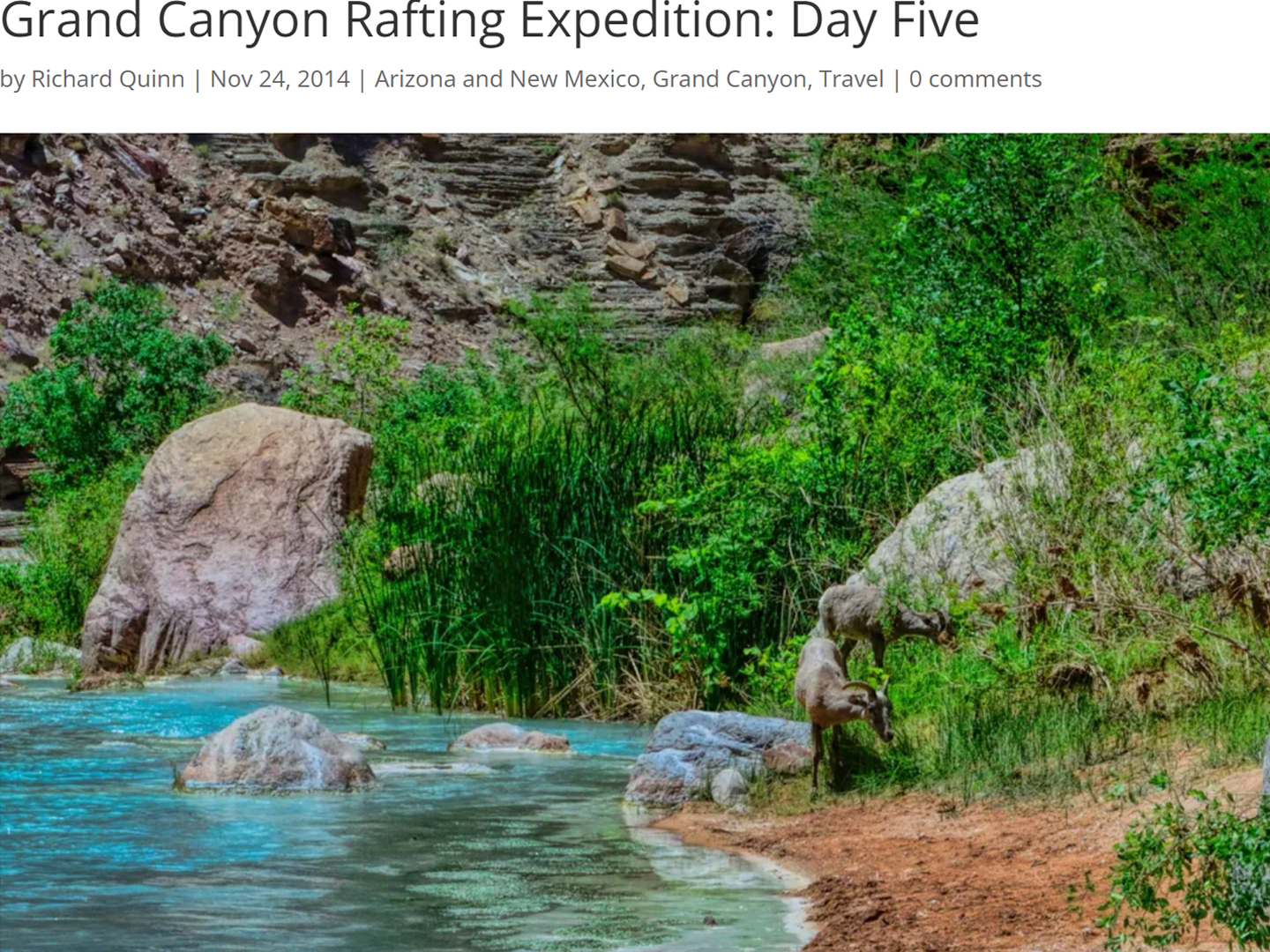
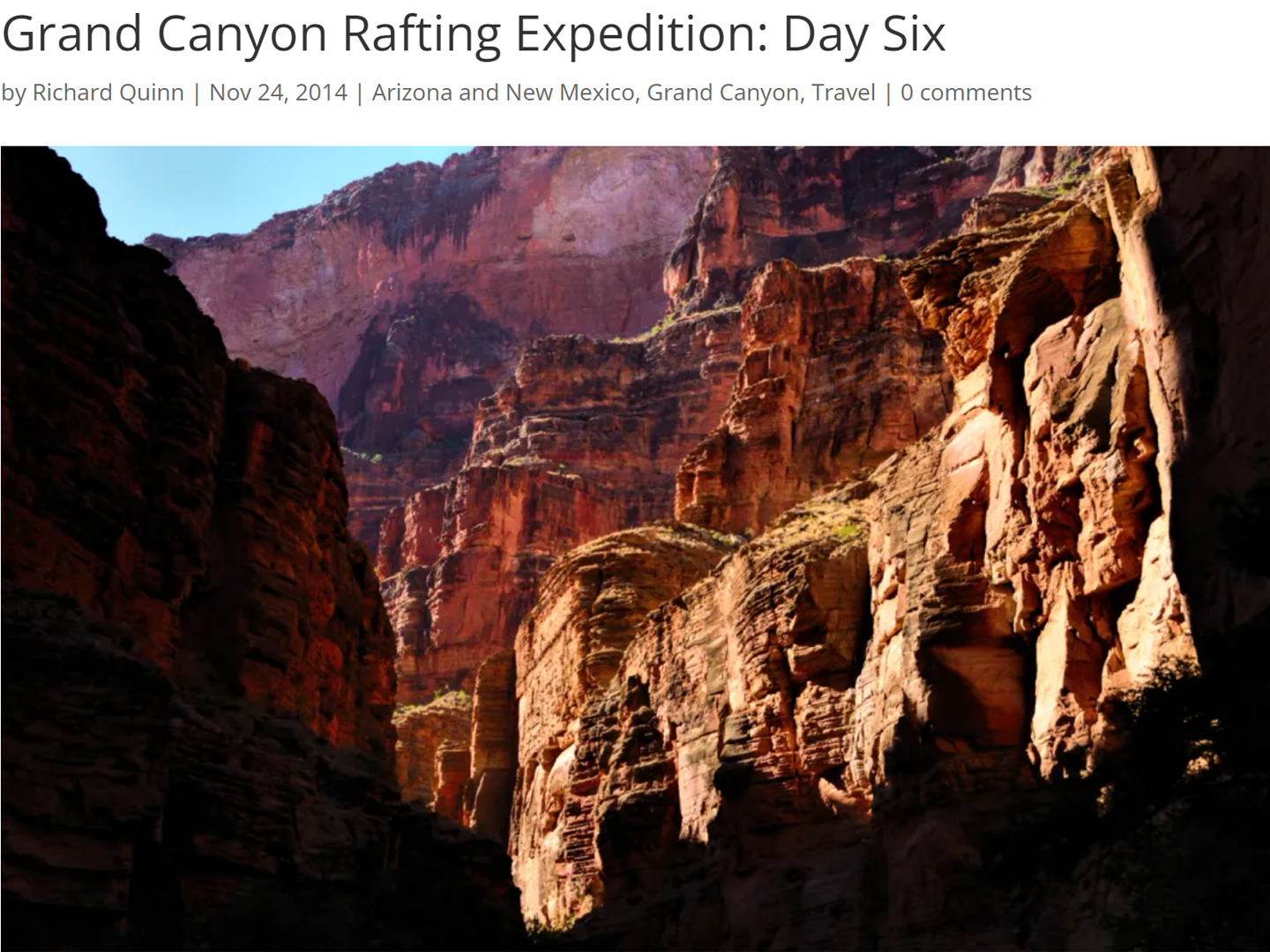
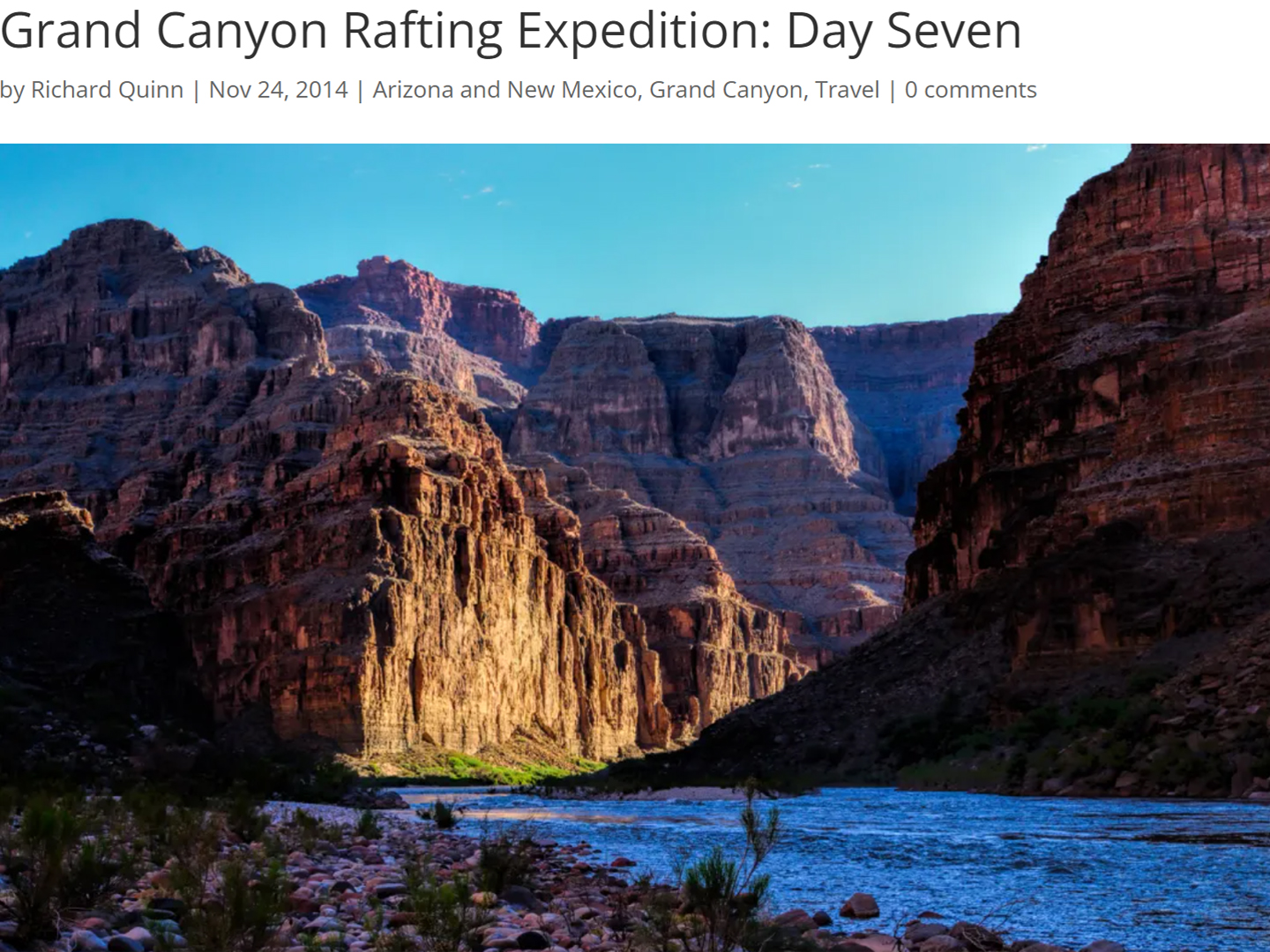
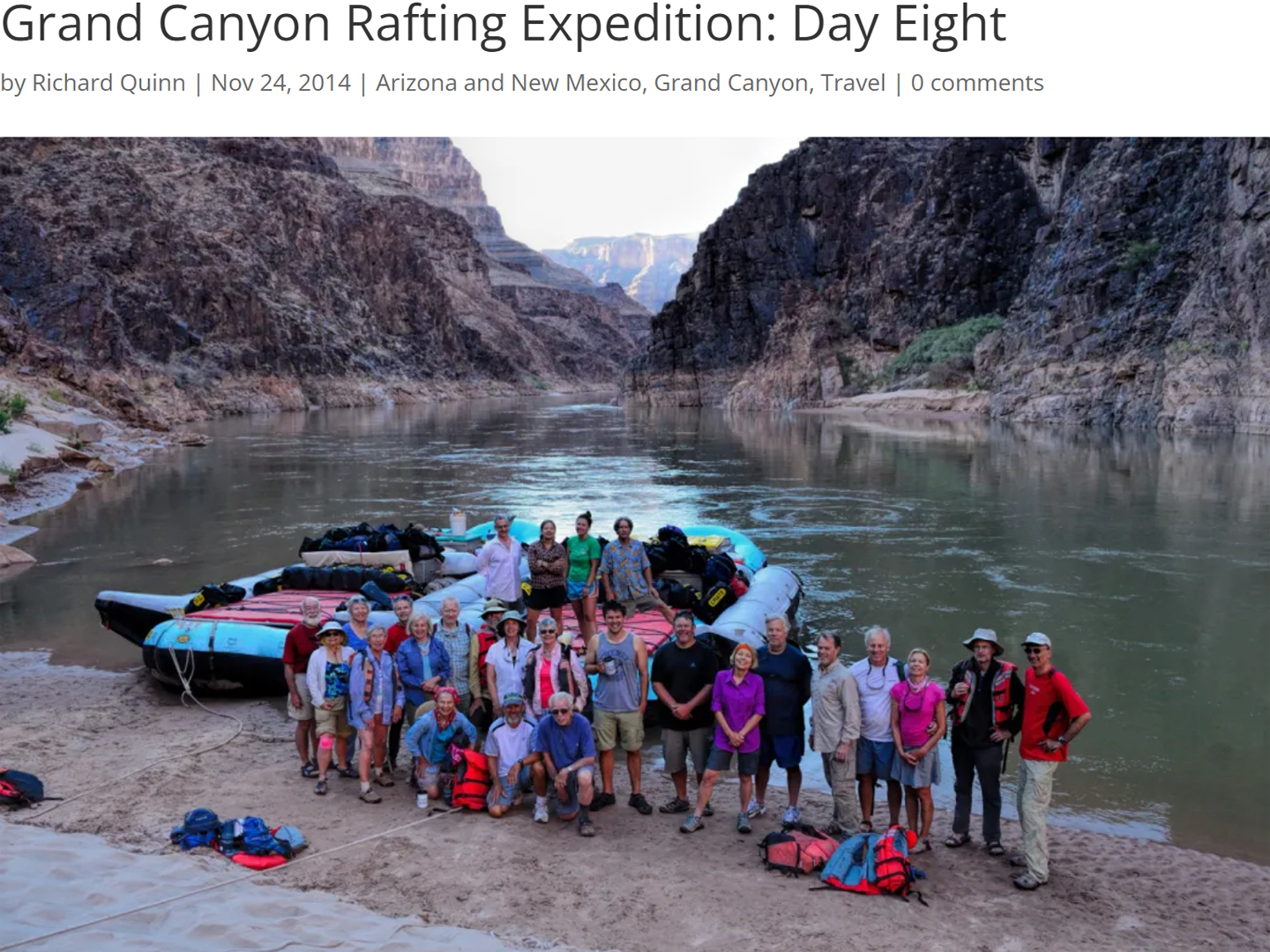
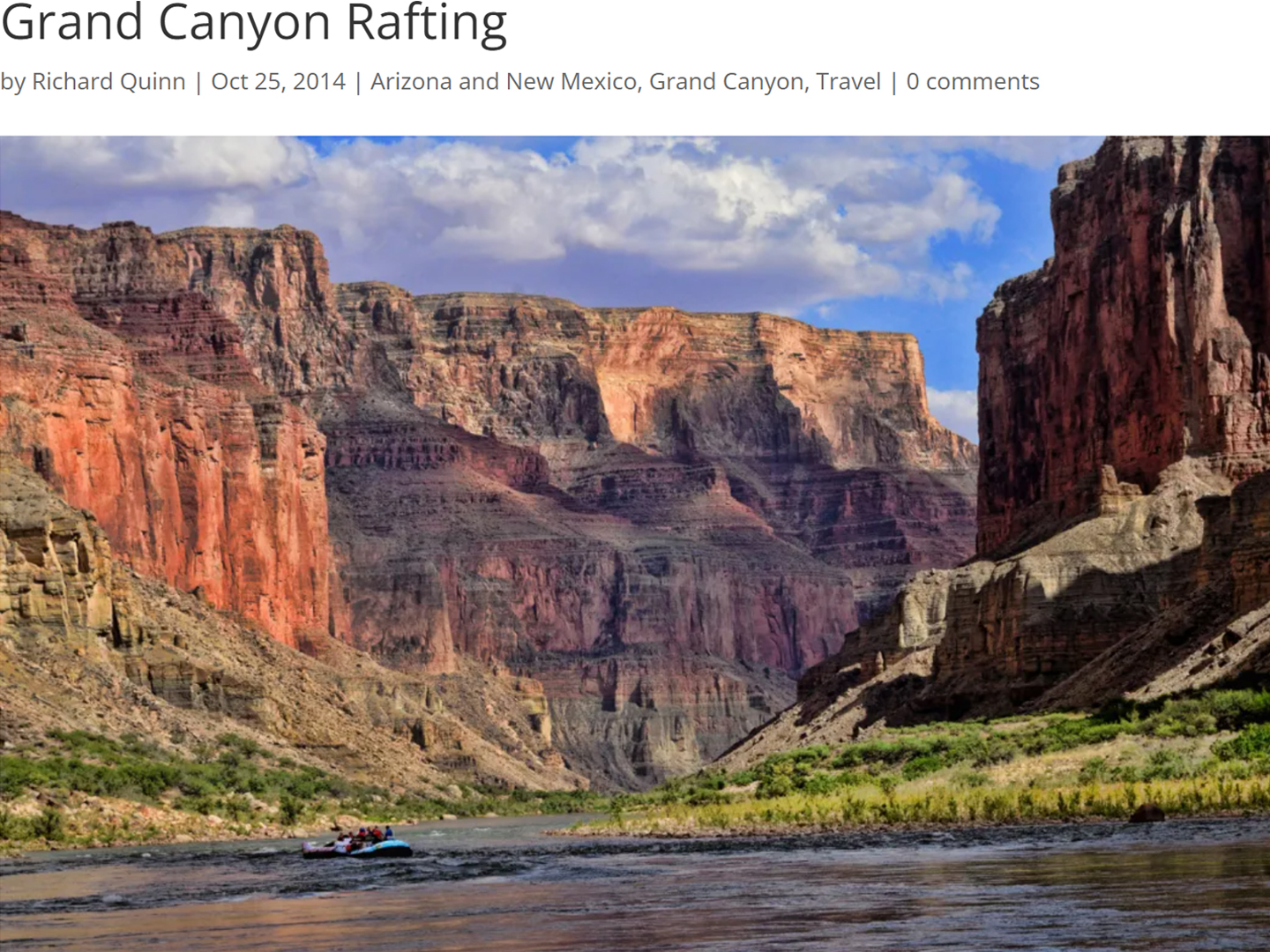


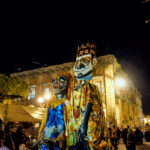
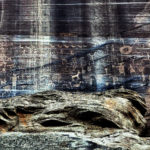
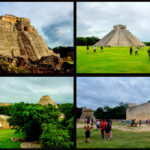
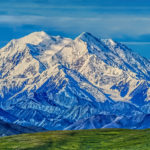
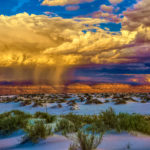
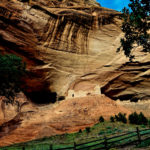
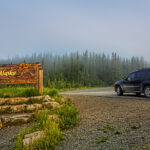
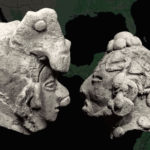
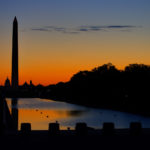
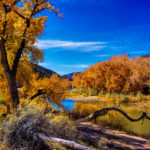
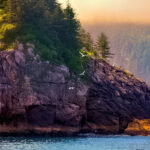
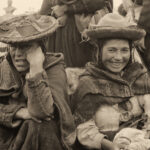
Recent Comments